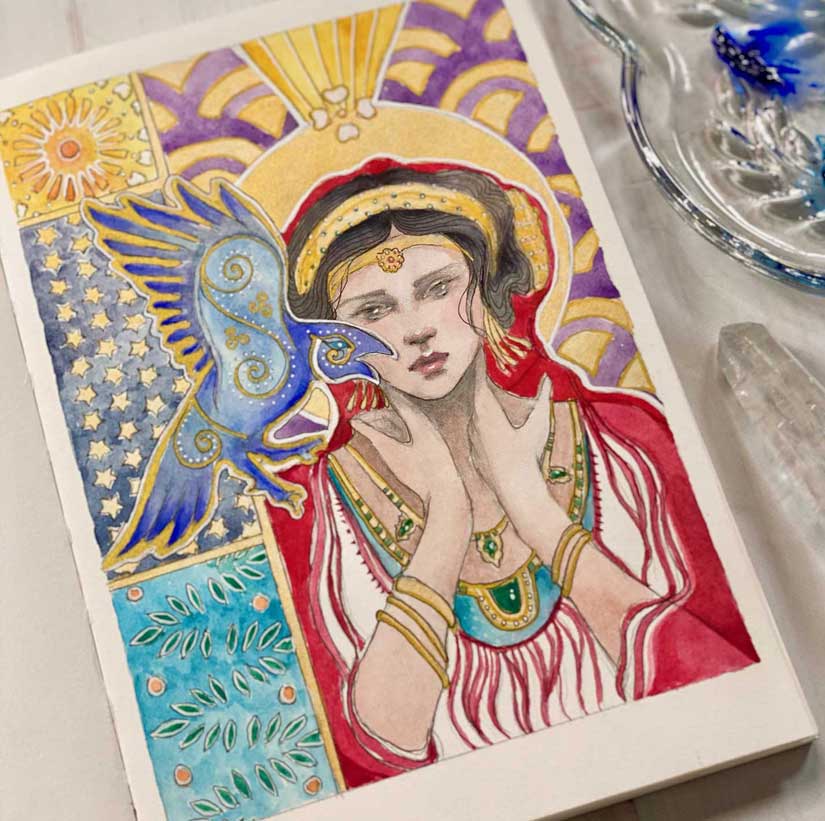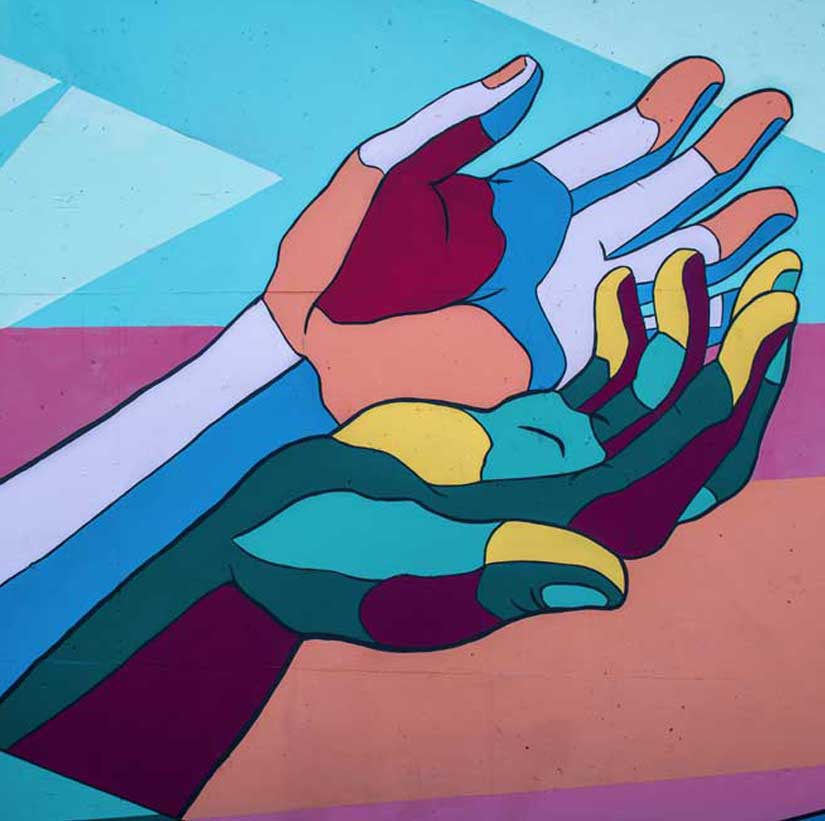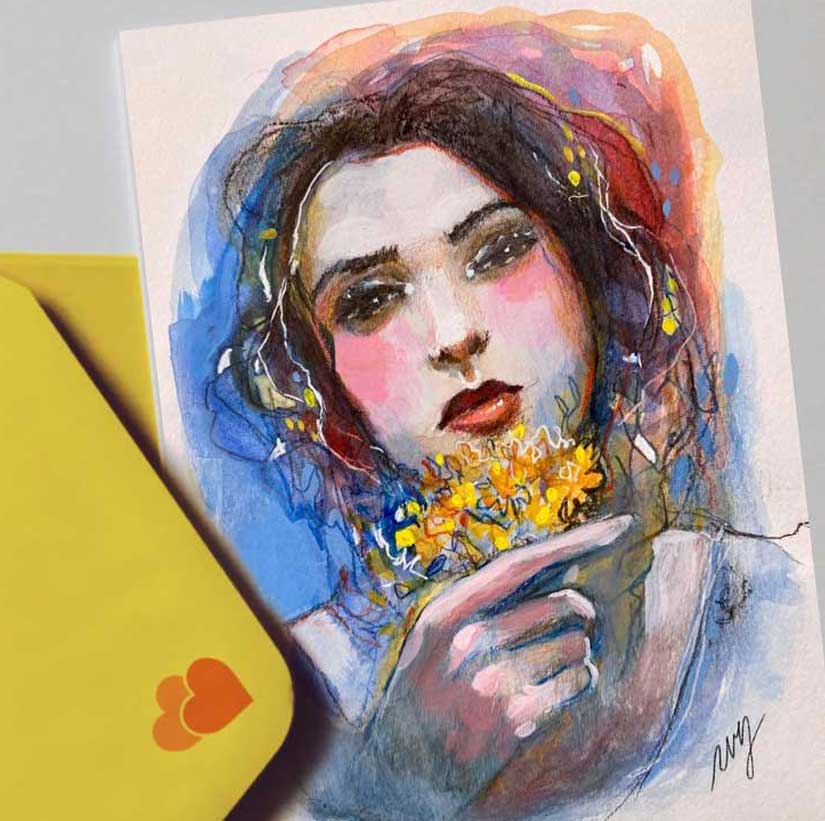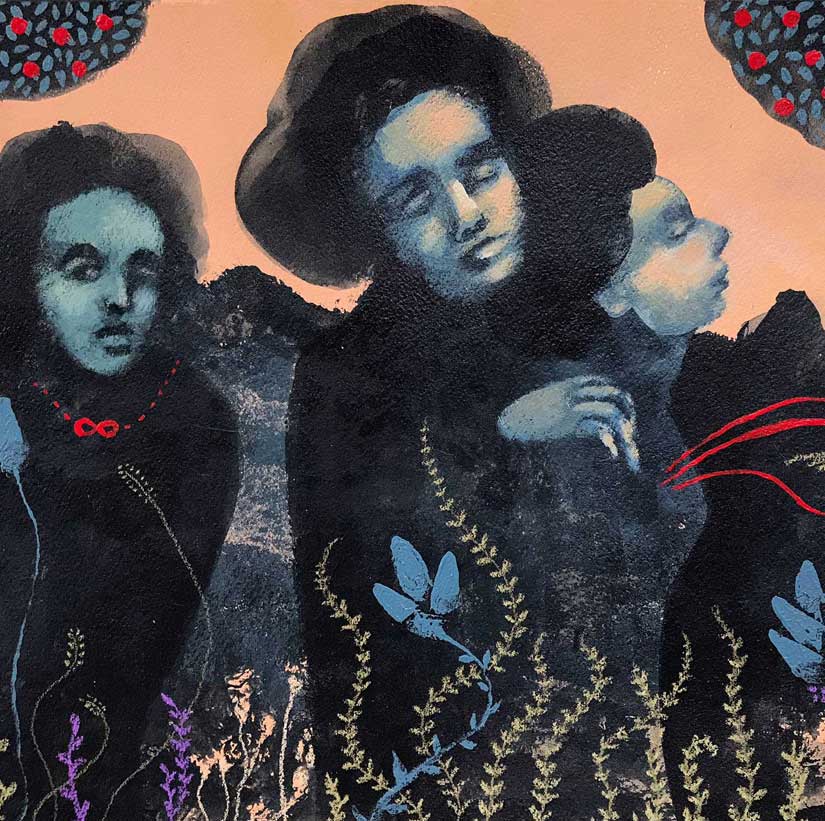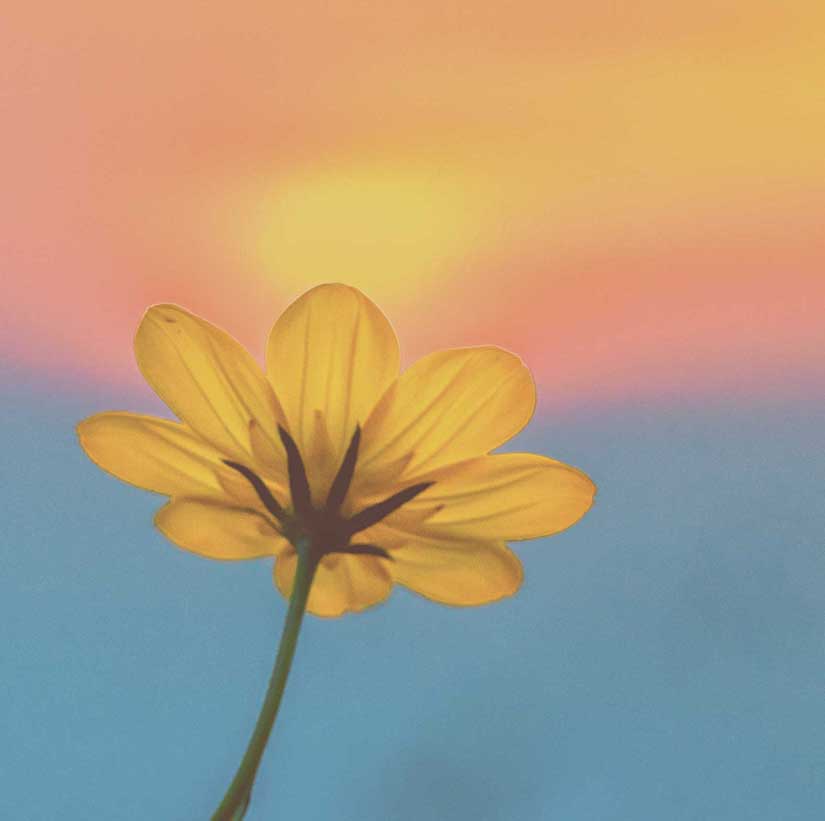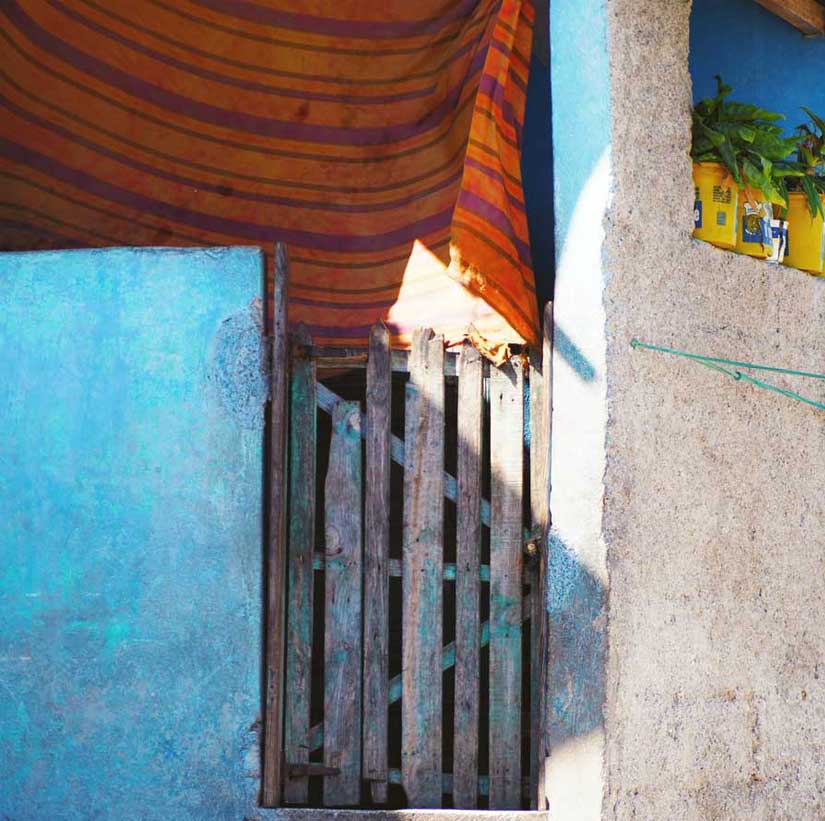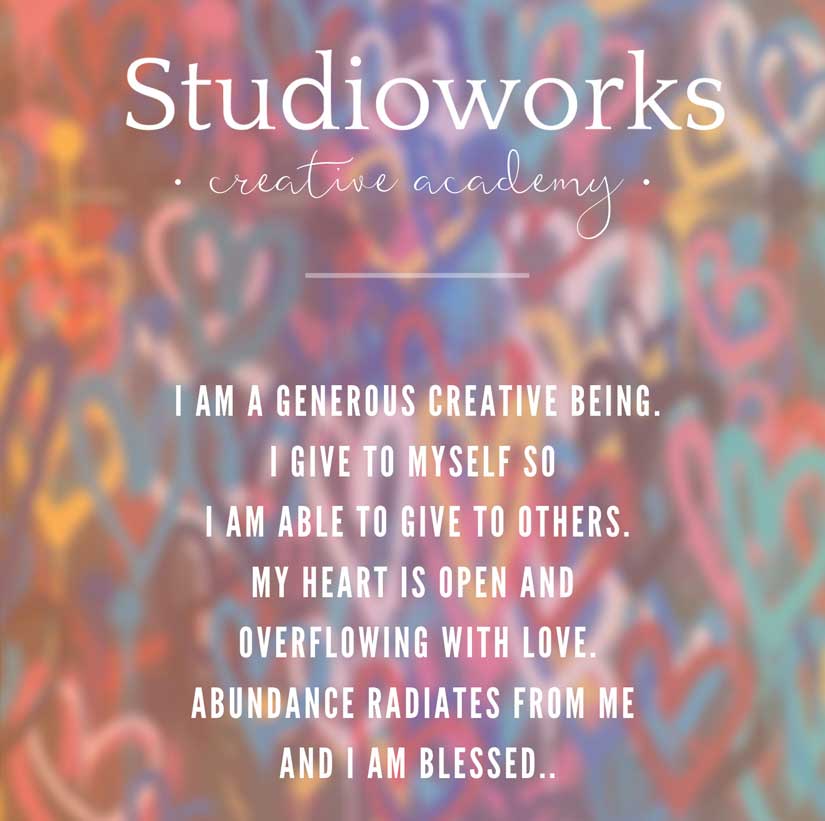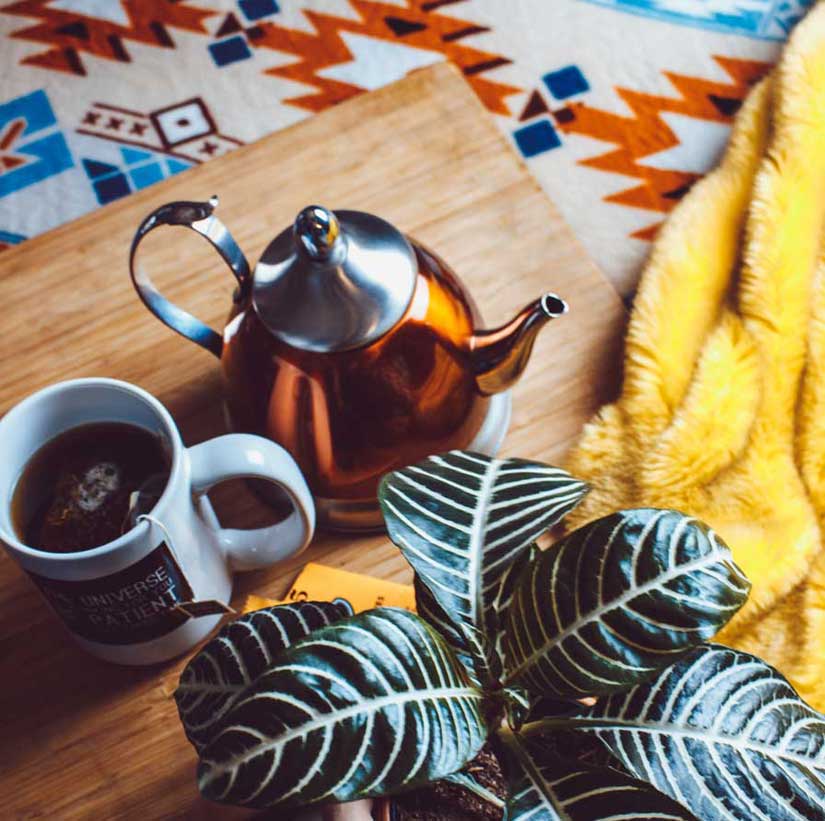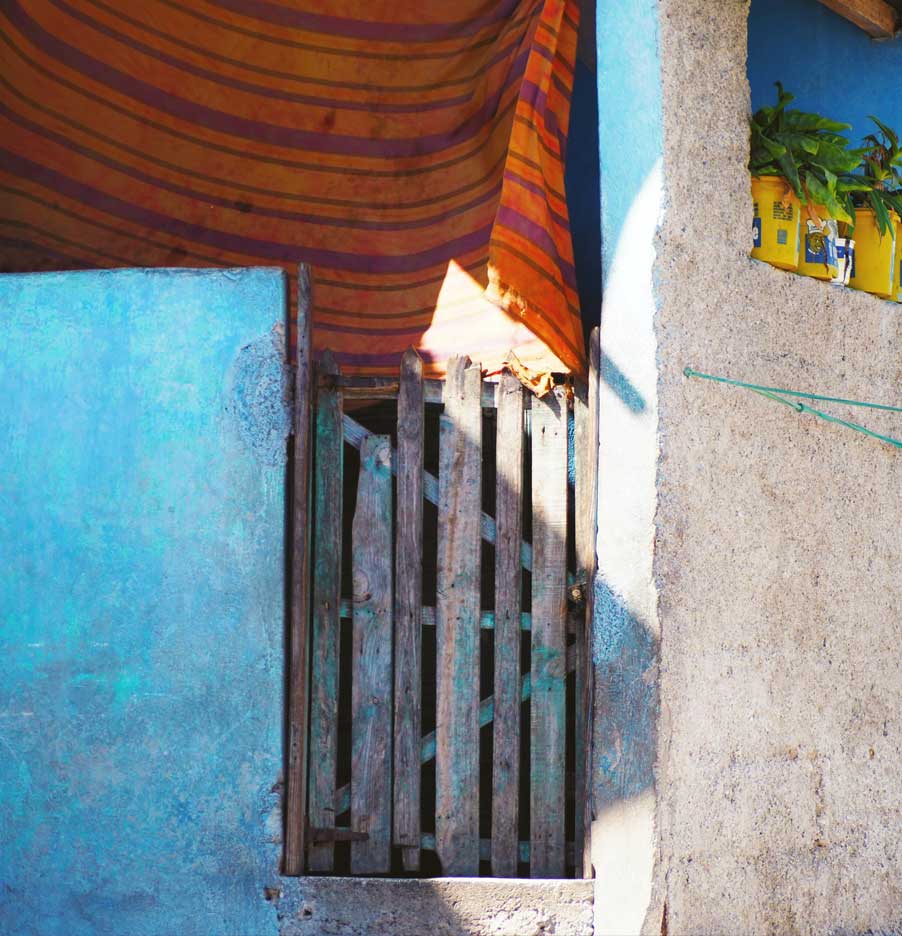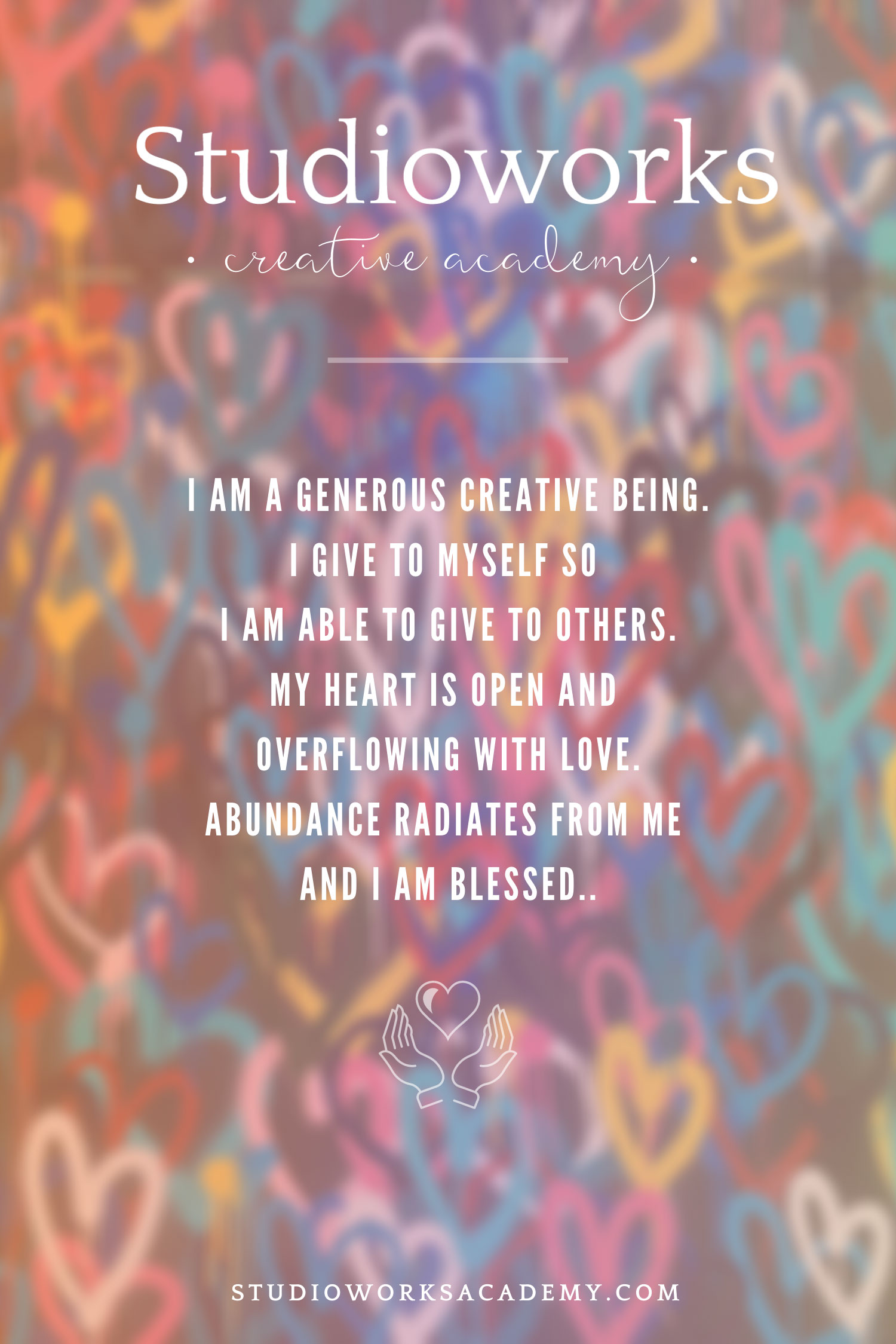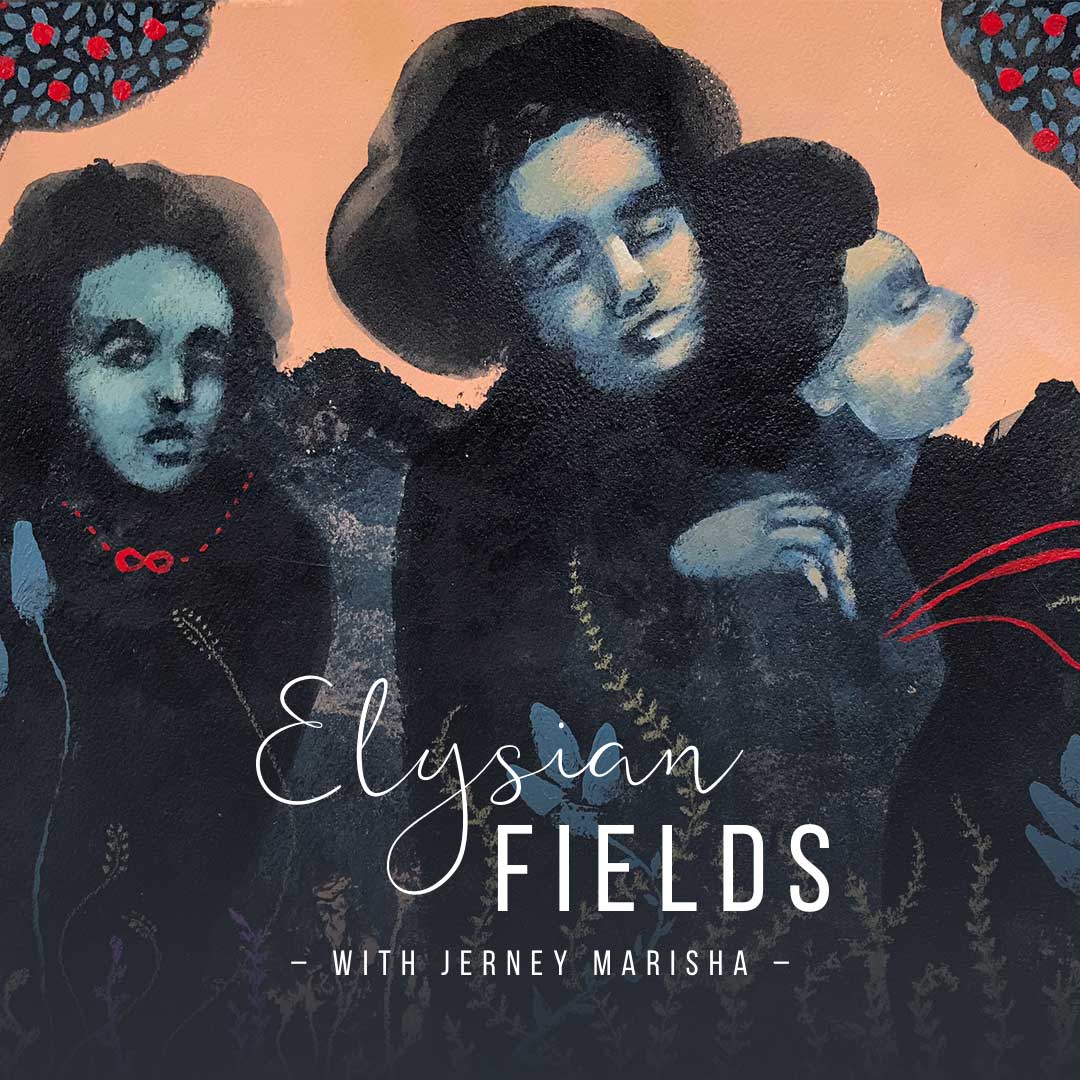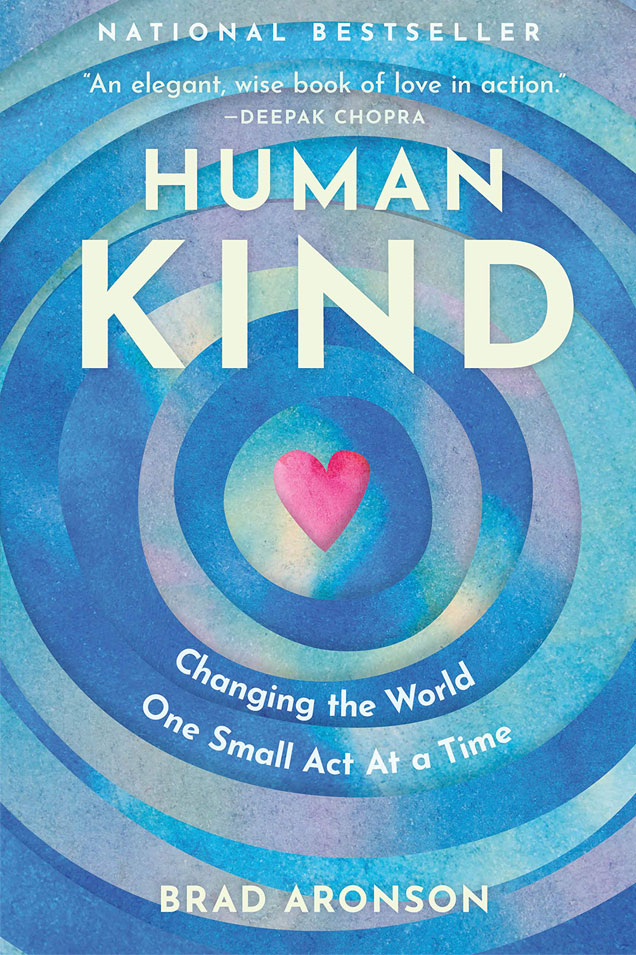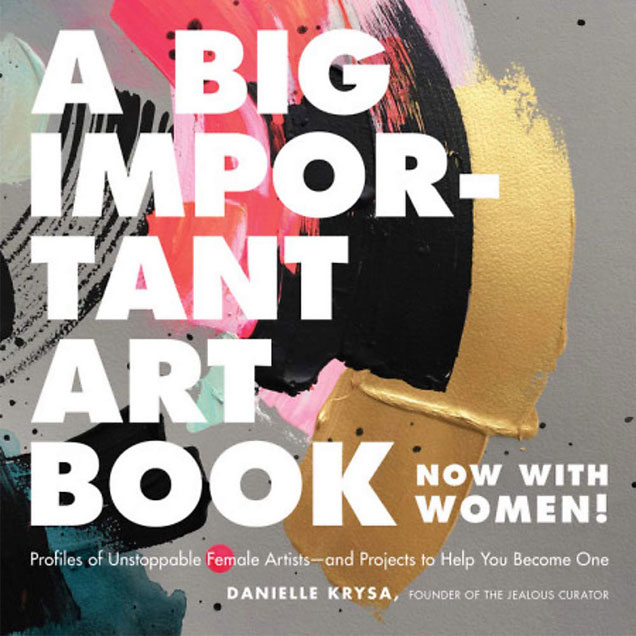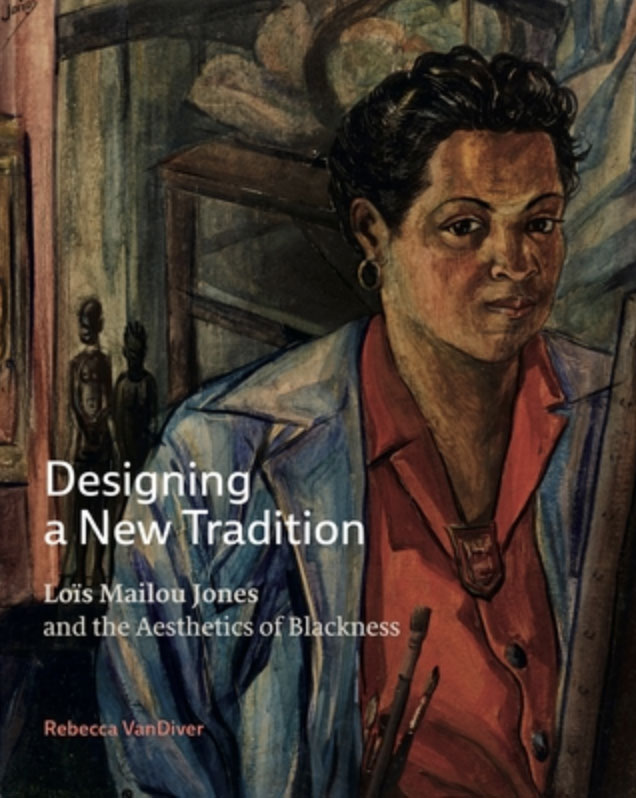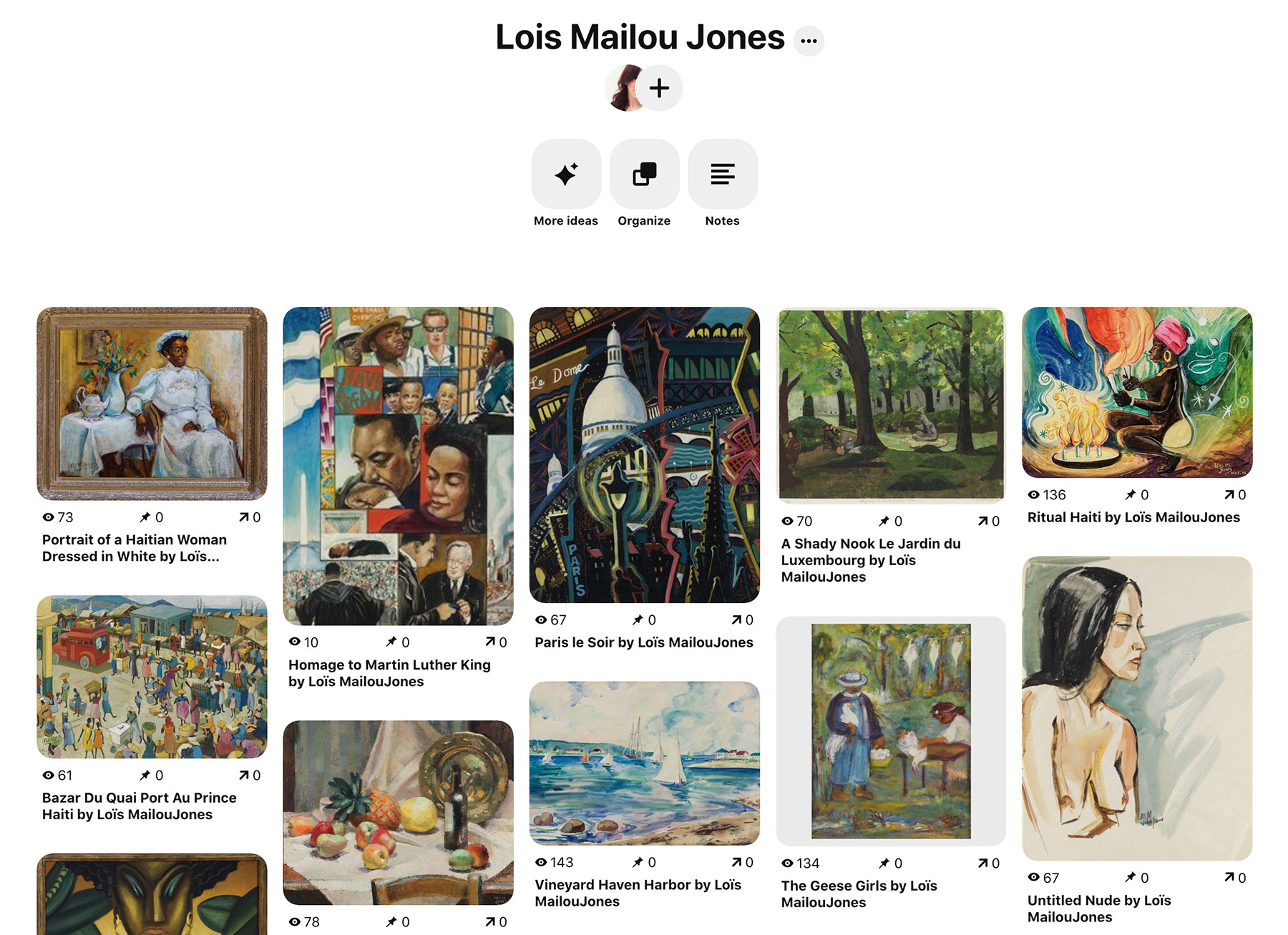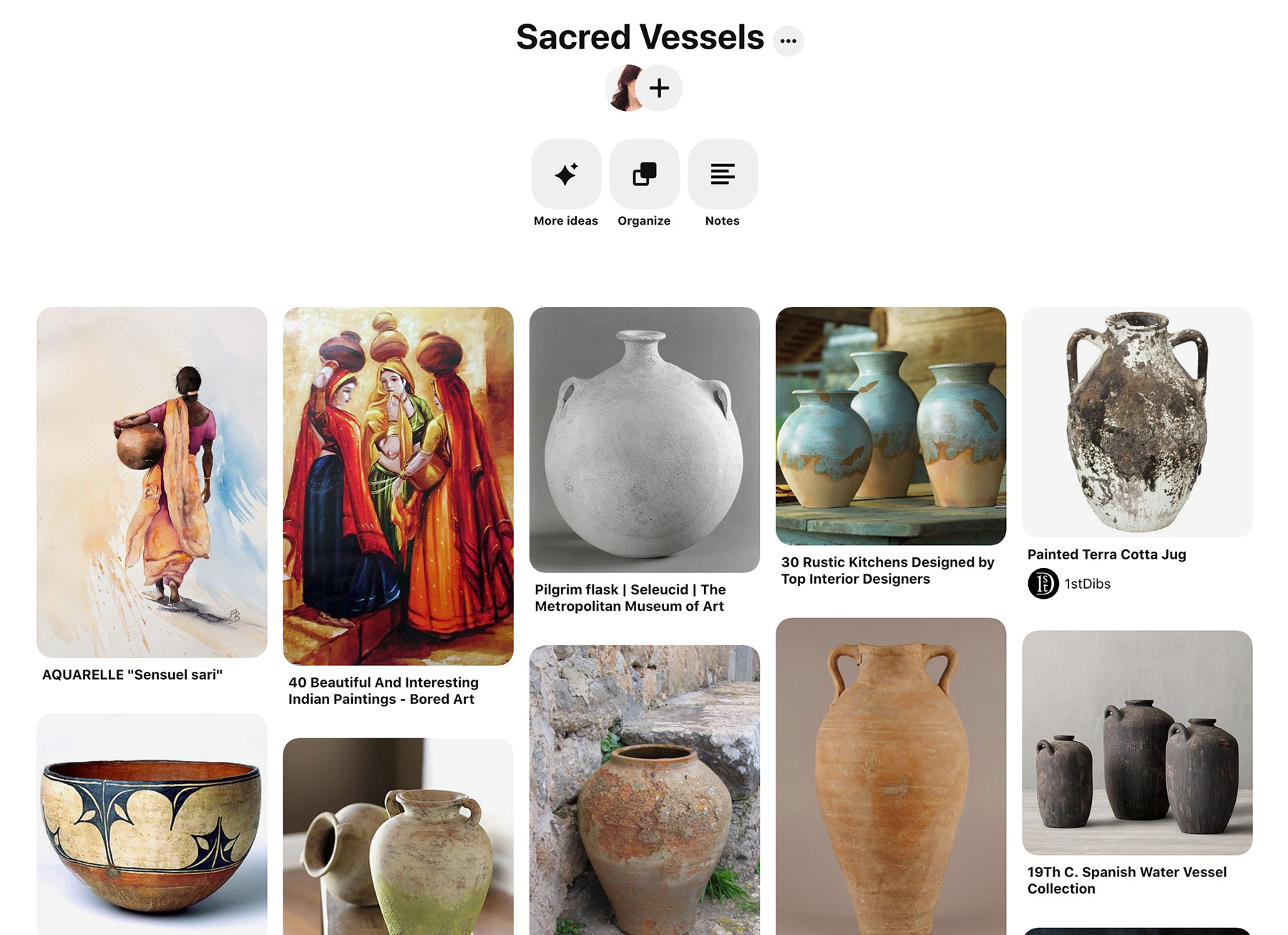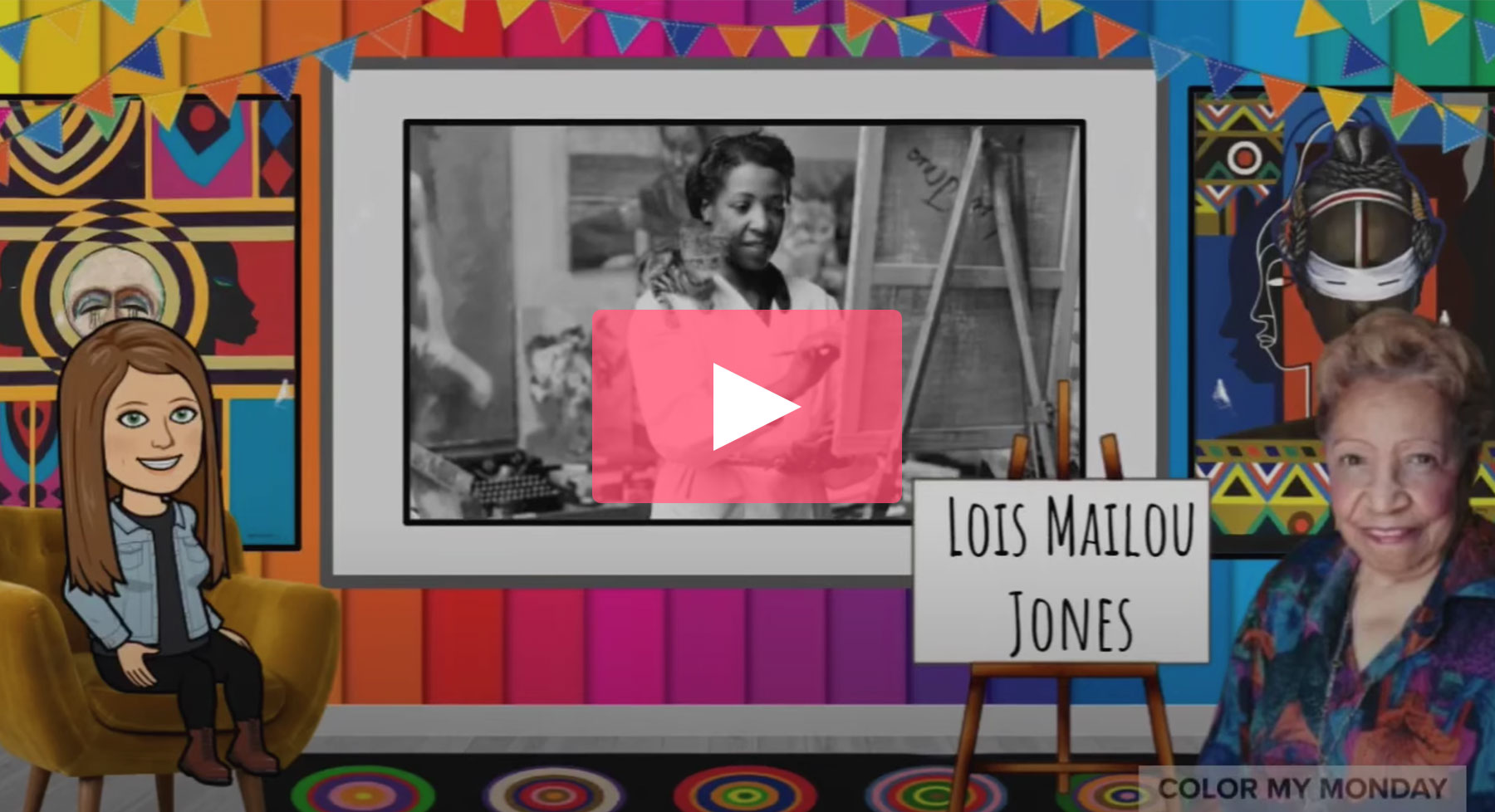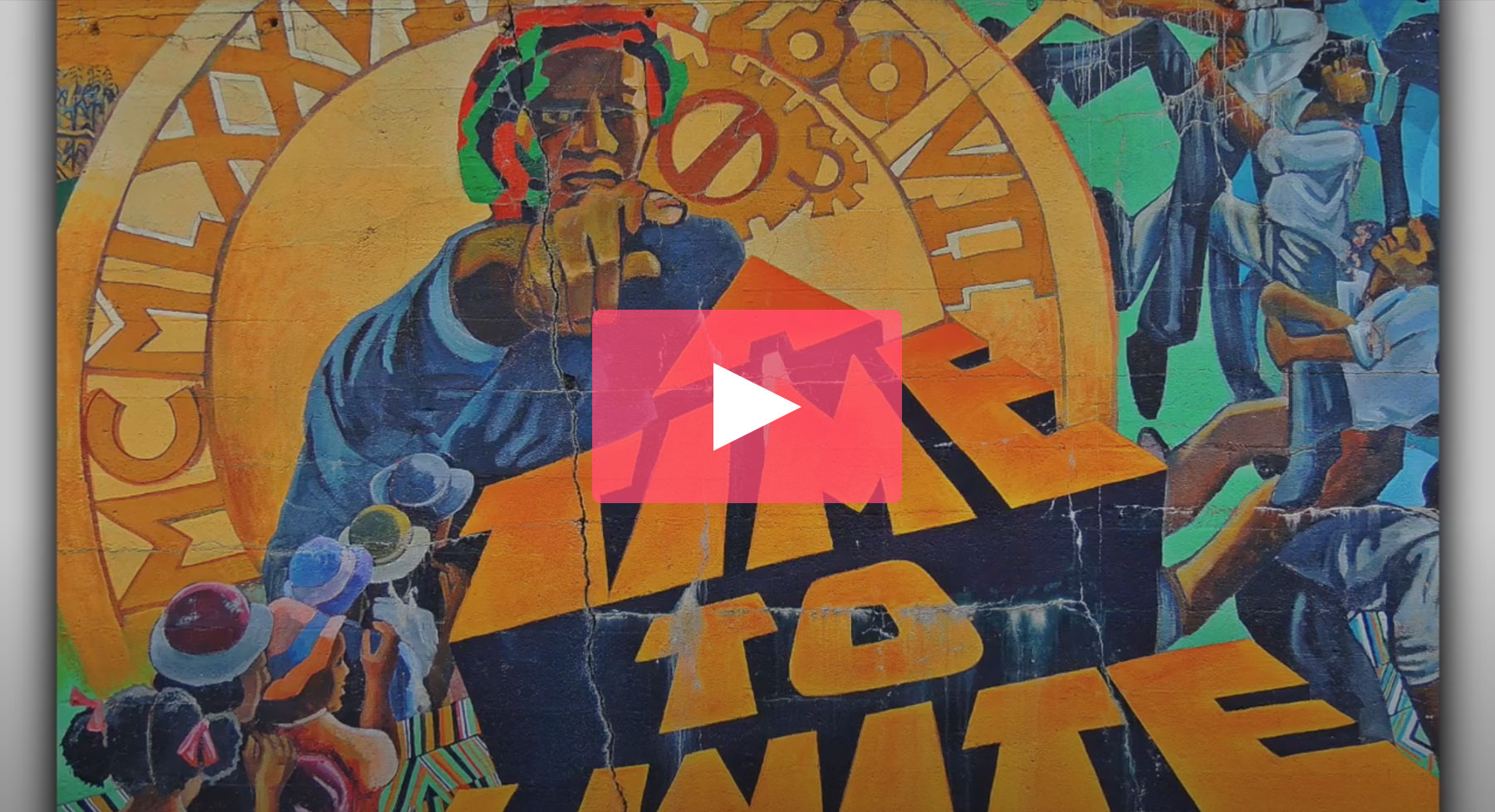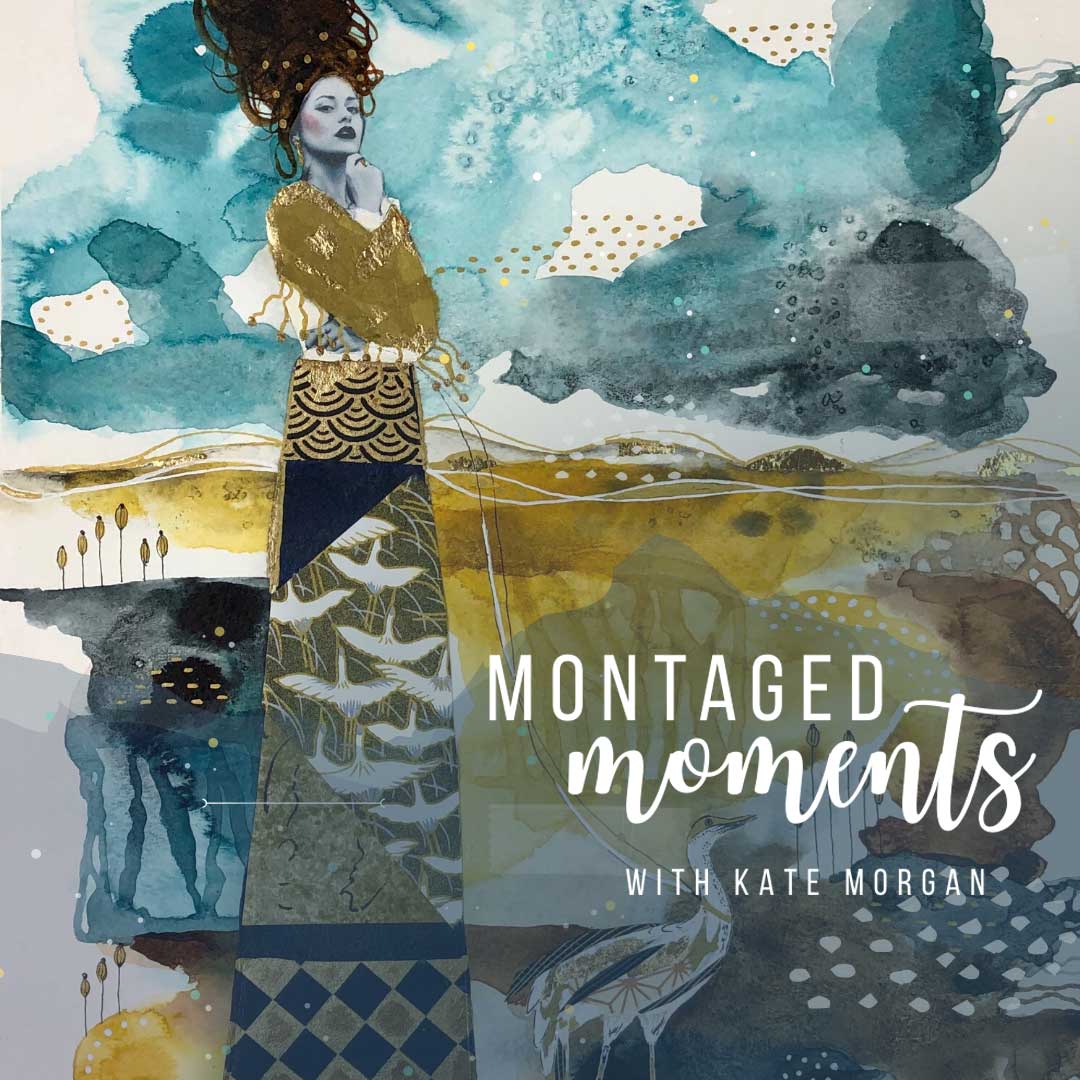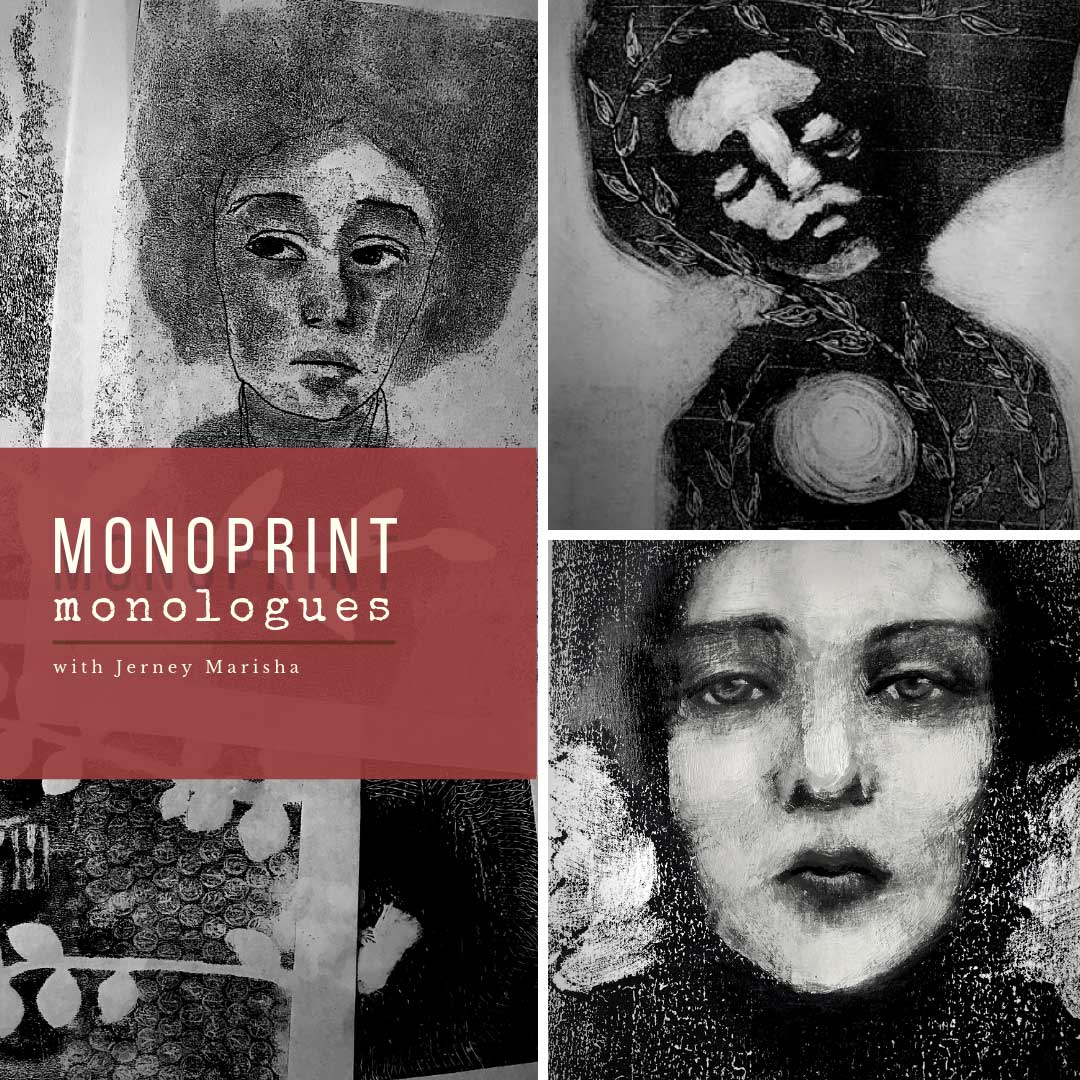IVY NEWPORT
Studioworks
Journal
a letter from ivy
Dear creative friends,
Welcome to Issue #27 of the Studioworks Journal! As always, I’m delighted you are here with me and I’m excited to share this with you. This month, I wanted to explore the true power and meaning of generosity in our creative practice. What does it mean to be generous with others and ourselves as we walk the artist’s path? We will also begin a new exploration of creative archetypes.
We’ll also uncover some beautiful symbolism and meaning in the archetype of “the vessel”. Our master artist is Lois Mailou Jones, a fantastic African American artist who wove pattern, color and culture together in incredible works of art! Let’s begin!
xo,

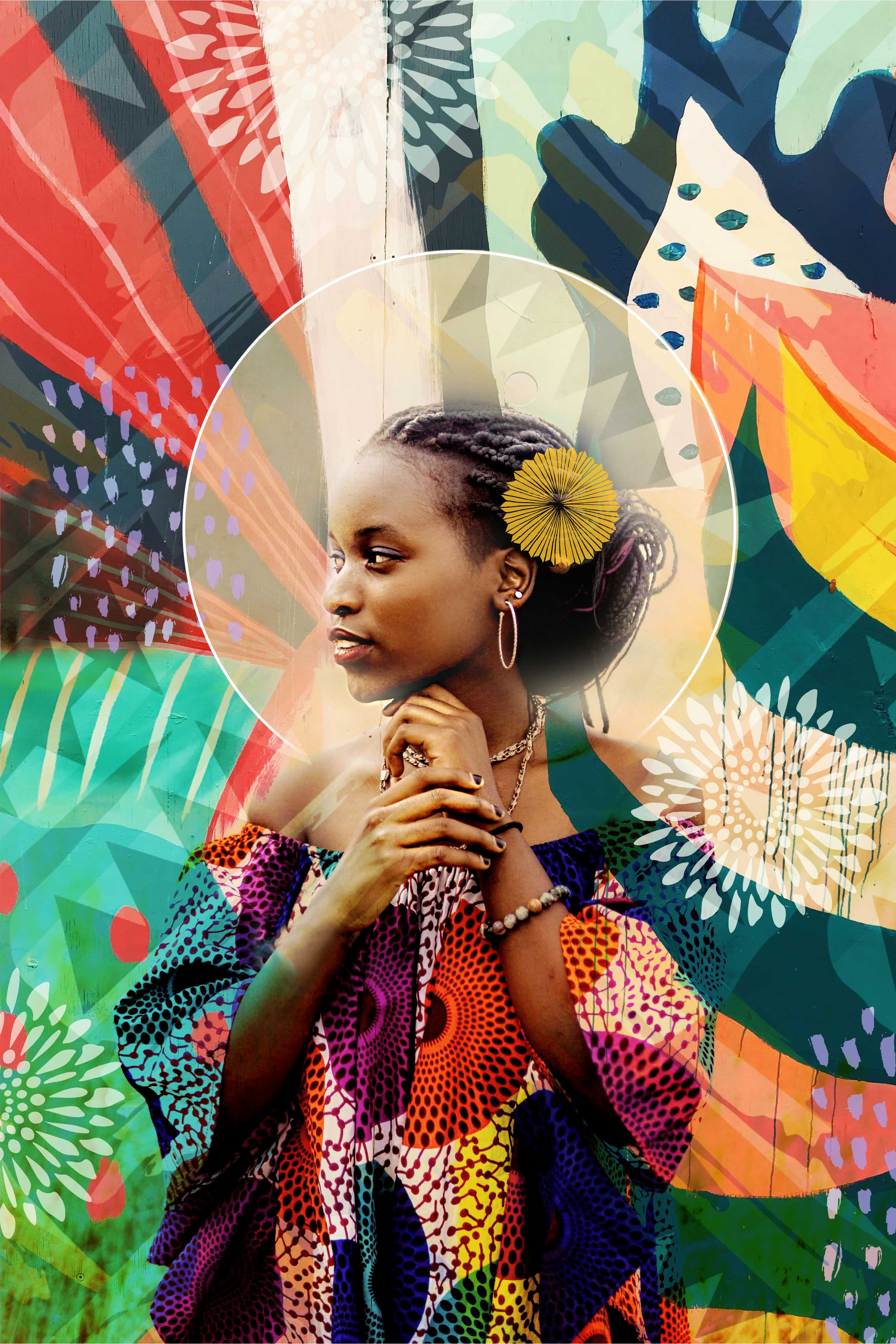
Each issue will invite you to explore your creative practice in whichever way works for you. Experience each issue at your own pace. Take what resonates with you and put the rest aside for another time.
Grab a cup of something lovely and dive in.
MONTHLY THEME
A Generous Heart
“Be generous with your joy. Be generous with your insights and delights.”
– Pema Chodron
Let’s face it, being an artist is a beautiful thing! We literally get to dedicate our lives to the pursuit of joy and beauty. Even if creating art isn’t our full-time gig, we experience a life teeming with inspiration and passion. I’m not saying it’s always the easiest path but it does have plenty of magic along the way to keep us coming back for more right? A vital principle of this incredible journey is to cultivate immense generosity within ourselves. Why? Because it’s good for us, it’s good for our art and it’s good for the world. Sharing your creative gifts is the best way to achieve this and I don’t mean just sharing your art. I mean share your time, share your ideas, share your techniques, share your attention. Always align with a giving heart.
When you see a fellow artist post something on social media and you authentically enjoy the work, then comment in kind. Support those around you and you will find yourself supported. Teach those around you and you will learn more. Give to others and you will receive much. This is how a generous heart works. This is how living in generosity will nourish your creative growth.
When we clutch at things or close our heart off from giving we suffer. Communities suffer. It is not beneficial to the artist, the art or the creative collective when we act possessive. When we walk through life as though someone is taking something from us we become victims instead of participants of our creative journey. This kind of clutching energy debilitates us and creates resistance to abundance and joy. It is perfectly human to feel this way at times, but it is vital that we recognize it quickly and change course. Staying in this mentality only leads to pain.
Realize what you are needing, others are needing as well. May that be reassurance, validation, encouragement or knowledge. So if you find yourself needing these, don’t wait to get it, give it out first!
Send a fellow artist a kind message, spend time in your community (online or off) and help where you can. It could be just answering a question for someone or pointing someone in the right direction. It could be volunteering to help with a creative project. It could be sharing about another artist on social media. It could be celebrating another’s victory or achievement. It could be loaning out a book or creative tool that another artist might need. It could be cleaning out your studio and giving away some art supplies you no longer need. These are all acts of a generous heart and a generous heart is one filled with gratitude. The beautiful thing about all this giving is that we receive so much in return.
“For it is in giving that we receive.”
– St. Francis of Assisi
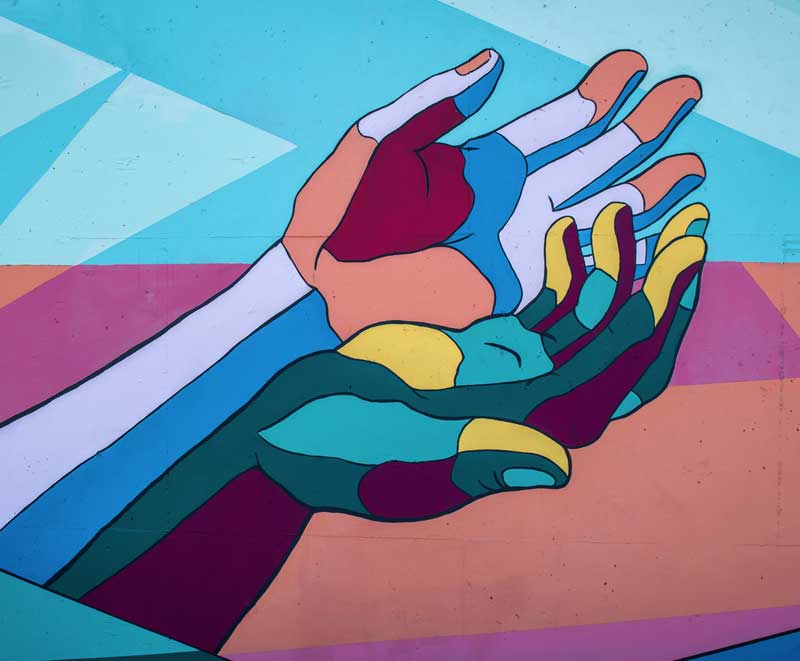
My personal creative journey sprang from a deep need to find and create beauty. Fourteen years ago, I began a blog where I shared my writing, photographs and creative projects. I was desperately lonely as a new mother and desired connection and inspiration. I taught myself photography and began to share the images I captured. Soon, other readers of my blog shared their hearts with me and I was startled to discover that so many of us were seeking the same things. As I shared my creative experiences, others shared theirs. Some reconnected with their creativity, some took up photography themselves, others began their own blogs! It was beautiful to witness, that the more I gave and shared freely, the more I saw others do the same. The huge bonus was I was gaining great joy, comfort and satisfaction from the entire process! This is when I realized how powerful generosity really was. Soon, I began creating art videos sharing my process and was amazed to receive such appreciation and gratitude from these free lessons. I was absolutely hooked on this generosity loop! It healed my loneliness, re-ignited my love of art and ultimately launched my career. All from simply giving. I didn’t know where it would all lead and I had no expectations. I just followed by joy and kept sharing. This new way of being in the world was life-changing and transformational, for this I will be forever grateful. I know now, without a doubt, that giving is key to my happiness.
So nurture your generous heart. Begin with yourself. What do you long for? What do you need? Give that to others and you will find sustenance in return.
“Make a gift of your life and lift all mankind…”
– David R. Hawkins
A Generous Heart
Creative Archetypes – The Vessel
“A purpose-driven woman is a vessel entrusted by Heaven, to usher others to their purpose.”
– Unknown
WHAT IS AN ARCHETYPE?
An archetype is defined as a universal symbol, character, pattern or element that is understood throughout the world, regardless of culture. It carries meaning and layered symbolism that reflects upon the human experience. For example, the “hero” is an archetype and this character is seen throughout the lineage of humankind, in stories, myths, paintings, music etc.
In Jungian psychology, the archetypes represent universal patterns and images that are part of the collective unconscious. Jung believed that we inherit these archetypes much in the way we inherit instinctive patterns of behavior.
For our purposes, as artists, I want to explore how these archetypes relate to the creative path.
THE VESSEL
This ancient symbol is one that deserves some attention as I believe it relates directly to our theme of generosity. The vessel is filled and it is emptied and it is filled again. This reminds me of the reciprocity of generosity, of giving and receiving and giving again. It is in this way that the archetype of the vessel can nourish our creative path and remind us of the cyclical nature of our journey.
The vessel contains but it also releases. It protects but it can also transform. The cup is a vessel. The bowl. The crucible. The chalice. The womb. The heart. The egg. The body. The soul. All of these – vessels.
“She wept a river of tears
holy water, sent to soften the sharp edges of sorrow
a gentle hollowing out, carving new chambers in her heart
a hallowed vessel for holding sacred,
the tears of others…”
– Kate Mullane Robertson
The Vessel archetype also reminds us that we cannot give what we do not have. You can not pour from an empty cup. In this way, we must first practice self-generosity. Not easy…but essential. Fill your cup first. Rest when you need rest. Use kind words when speaking to yourself. Give to yourself and you will give effortlessly to others.
Be gentle in your creative process, be open in your heart and mind as you learn and grow. This will give you the empathy and wisdom to do the same for others. To recognize the struggle, the disappointment and to also celebrate the victories. To understand the vulnerability in sharing ourselves.
If you can do this with yourself, you will do it more authentically with your fellow creatives. This is true generosity. To witness another with no agenda, no obligation, no need for response or appreciation.
Be a vessel that is renewed continually, that is filled and emptied with ease and love. A generous container for the divine creative potential you possess.
“Fill your own cup first, so that you may overflow into the lives of others.”
– Unknown
Enjoy this Pinterest Board filled with beautiful Vessel themed creations….
Creative Archetypes - The Vessel
Writing Prompt
As previously discussed, having a generous heart along your creative journey will do much to nourish and sustain you. Let’s go a little deeper with these journaling questions…
1. When you think of being generous what does that look like to you?
2. When have you experienced true generosity in your life?
3. How can you be more generous on your creative path?
4. What are three actions you could implement to practice more self-generosity?
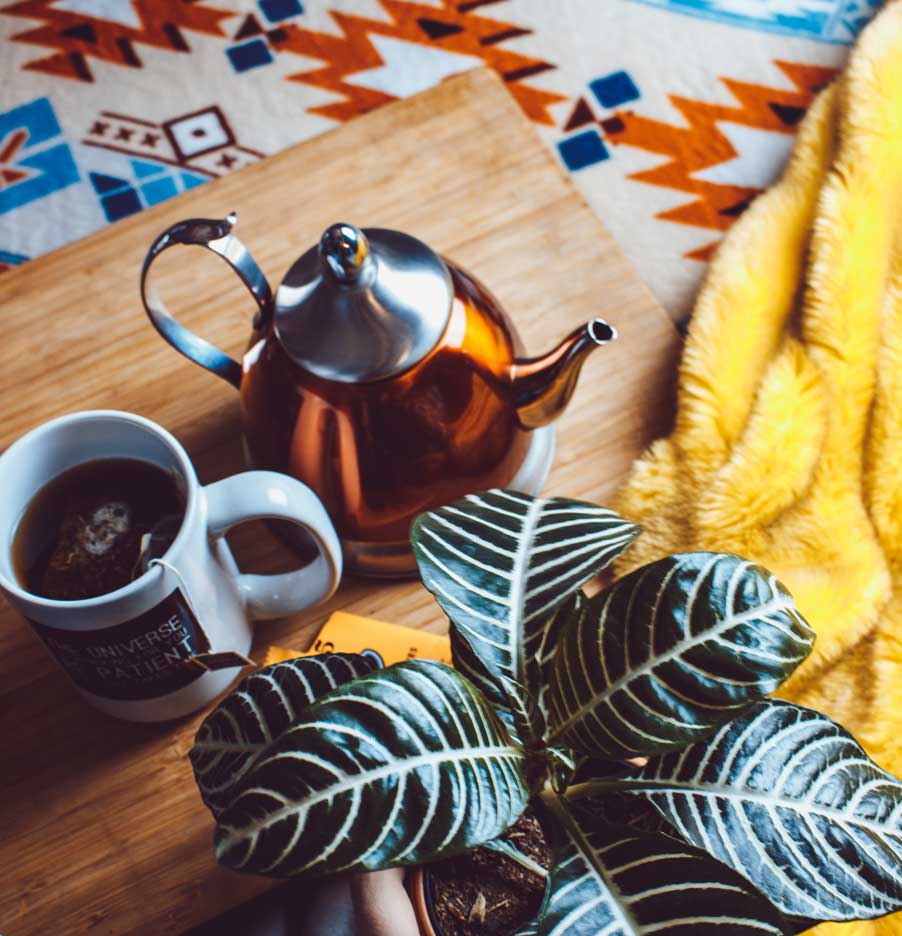
“I’ve learned that you shouldn’t go through life with catcher’s mitts on both hands. You need to be able to throw something back.”
― Maya Angelou
Writing Prompt
GENEROUS ARTIST PROMPT:
- Create a small vessel (pot, bowl or cup) or use one you already have. Place it on your creative table and fill it with beautiful words, cut out hearts, or even water. Let it be a reminder to always fill your cup first so that you may overflow for others.
WORD OF THE MONTH
Generosity

DEFINITION
GENEROSITY – the quality of being kind and generous; willingness to give or share; unselfishness.
“There is a kindness that dwells deep down in things; it presides everywhere, often in the places we least expect. The world can be harsh and negative, but if we remain generous and patient, kindness inevitably reveals itself.”
– John O’Donohue
Calling in the Light Meditation
To be authentically generous we must first be kind to ourselves. So let’s take a few moments to practice self-care and meditate. Let us call in the Light, fill ourselves first so we may radiate it to others. This beautiful meditation is by my favorite Meditation Muse – Rachel Hillary. I’ll let Rachel describe this journey for you…
“This is a short but potent meditation I put together at this time for anyone wishing to take part. Together, we reconnect with the light and bring it in, in order to shine it out. Simple but powerful. Just close your eyes and listen. You can use this daily or more often.”
Xo,
Rachel
Calling in the Light Meditation
Download more meditations from Rachel and connect with her below…
“Let your light shine so brightly that others can see their way out of the dark. ”
– Katrina Mayer
Monthly Affirmation
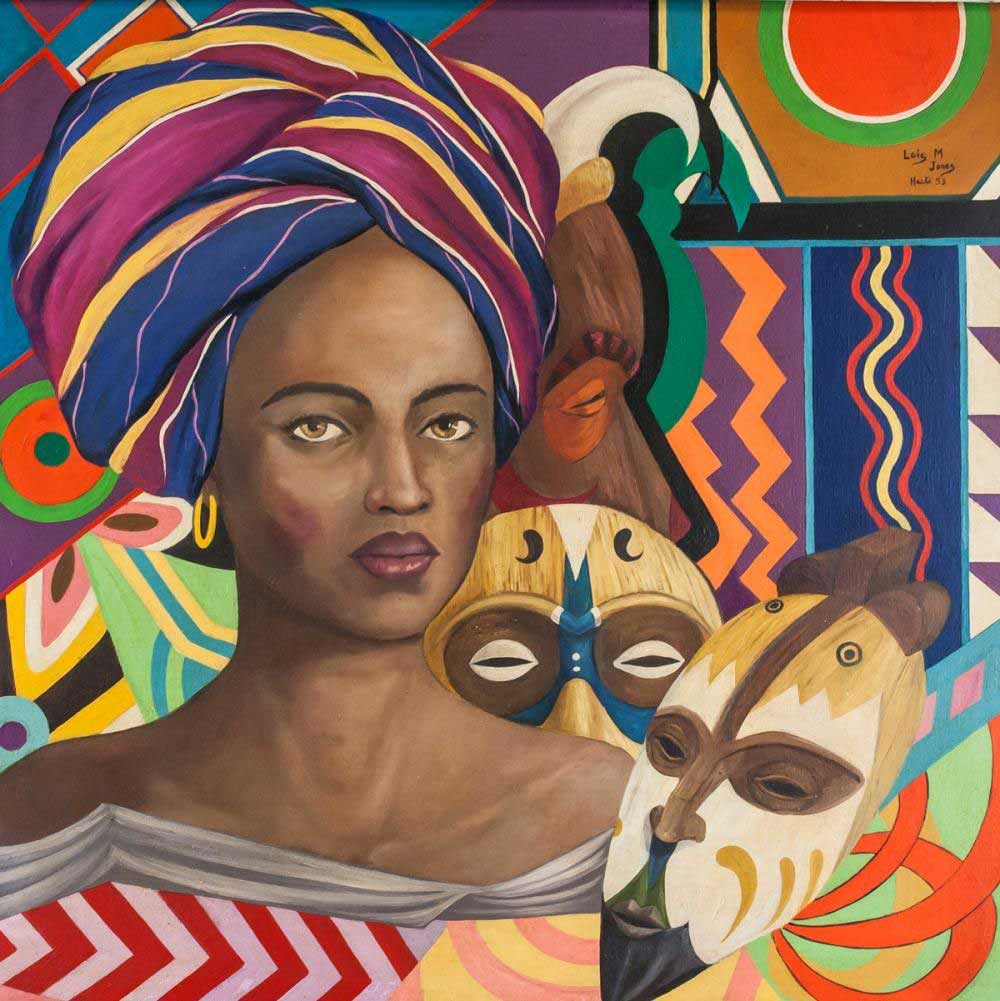
Color Palette of the Month
This month, I couldn’t help but be inspired by our Master Artist – Lois Mailou Jones. Her use of saturated jewel tones and tropical hues of peach, pinks and orange are just gorgeous! Get ready to be GENEROUS with you color love this month!! So many beautiful shades to play with! Go with the colors that make your heart sing!

“Mine is a quiet exploration—a quest for new meanings in color, texture and design. Even though I sometimes portray scenes of poor and struggling people, it is a great joy to paint.”
– Lois Mailou Jones
Color Palette
GENEROUS ARTIST PROMPT:
- Create a small work of art. On the back, write some kind words of reassurance or love. Then leave it in a public place where someone will find it. You might just make someone’s day!
Master Artist Guide
LOIS MAILOU JONES
This month, as we focus on generosity, I couldn’t help but be drawn to the engaging, powerful and life-affirming artworks of Lois Mailou Jones. She lived passionately for art but she also shared that passion through her teachings and international art tours. She embraced the rich fabric of culture around the world, studying in Europe, painting in Haiti and creating in Africa. You can almost sense her arms wide open as she encompasses the richness in her work – expressed in color, pattern and symbol.
So let’s learn a little bit more about this amazing American artist..
“The wonderful thing about being an artist is that there is no end to creative expression. Painting is my life; my life is painting.”
– Lois Mailou Jones
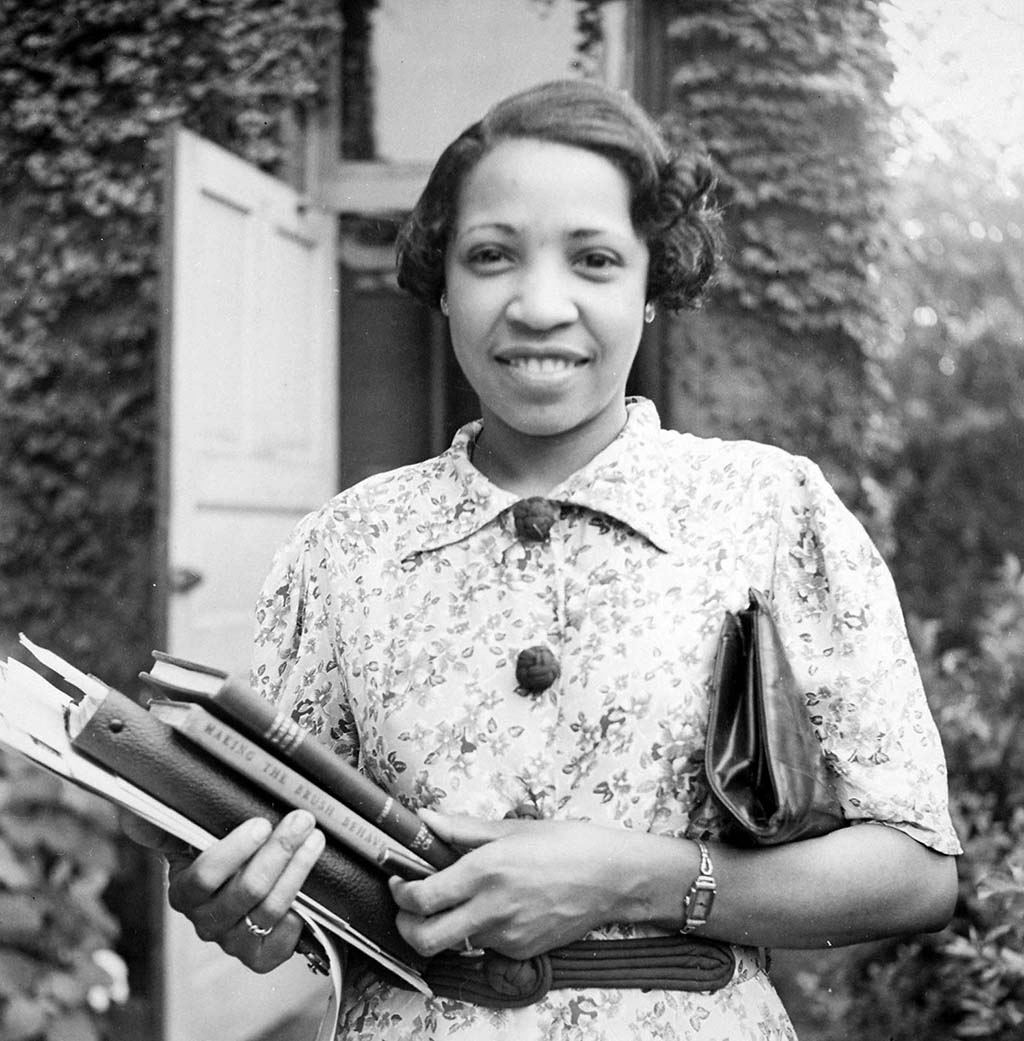
OVERVIEW – Loïs Mailou Jones (November 3, 1905 – June 9, 1998) was an influential artist and teacher during her seven-decade career. Jones was one of the most notable figures to attain fame for her art while living as a black expatriate in Paris during the 1930s and 1940s. Her career began in textile design before she decided to focus on fine arts. Jones looked towards Africa and the Caribbean and her experiences in life when painting. As a result, her subjects were some of the first paintings by an African-American artist to extend beyond the realm of portraiture. Jones was influenced by the Harlem Renaissance movement and her countless international trips. Lois Mailou Jones’ career was enduring and complex. Her work in designs, paintings, illustrations, and academia made her an exceptional artist who continues to receive national attention and research.
“Be a rainbow in someone else’s cloud”
– Maya Angelou
EARLY LIFE & EDUCATION
Lois Mailou Jones was born in Boston, Massachusetts, to Thomas Vreeland and Carolyn Jones. Her father was a building superintendent who later became a lawyer after becoming the first African-American to earn a law degree from Suffolk Law School. Her mother worked as a cosmetologist.
During her childhood, Jones’ parents encouraged her to draw and paint using watercolors. Her parents bought a house on Martha’s Vineyard, where Jones met those who influenced her life and art, such as sculptor Meta Warrick Fuller, composer Harry T. Burleigh, and novelist Dorothy West.
From 1919 to 1923, Jones attended the High School of Practical Arts in Boston. During these years, she took night classes from the Boston Museum of Fine Arts through an annual scholarship. Additionally, she apprenticed in costume design with Grace Ripley. She held her first solo exhibition at the age of seventeen in Martha’s Vineyard. Jones began experimenting with African mask influences during her time at the Ripley Studio.
From 1923 to 1927, Jones attended the School of the Museum of Fine Arts in Boston to study design, where she won the Susan Minot Lane Scholarship in Design yearly. She took night courses at the Boston Normal Art School while working towards her degree. After graduating from the School of the Museum of Fine Arts, she received her graduate degree in design from the Design Art School of Boston in 1928. Afterwards, she began working at the F. A. Foster Company in Boston and the Schumacher Company in New York City. During the summer of 1928, she attended Howard University, where she decided to focus on painting instead of design.
Jones continued taking classes throughout her lifetime. In 1934, she took classes on different cultural masks at Columbia University. In 1945, she received a BA in art education from Howard University, graduating magna cum laude.
CAREER & LIFE (1928-1998)
Jones’ career began in the 1930s and she continued to produce art work until her death in 1998 at the age of 92. Her style shifted and evolved multiple times in response to influences in her life, especially her extensive travels. She worked with different mediums, techniques, and influences throughout her long career. Her extensive travels throughout Europe, Africa, and the Caribbean influenced and changed how she painted. She felt that her greatest contribution to the art world was “proof of the talent of black artists”. She wished to be known as an American painter with no labels. Her work echoes her pride in her African roots and American ancestry.
1928-1936
Jones’ teaching career began shortly after finishing college. The director of the Boston Museum School refused to hire her, telling her to find a job in the South where “her people” lived. In 1928, she was hired by Charlotte Hawkins Brown after some initial reservations, and subsequently founded the art department at Palmer Memorial Institute, a historically black prep school, in Sedalia, North Carolina. As a prep school teacher, she coached a basketball team, taught folk dancing, and played the piano for church services.
In 1930, she was recruited by James Vernon Herring to join the art department at Howard University in Washington, D.C., Jones remained as professor of design and watercolor painting until her retirement in 1977. She worked to prepare her students for a competitive career in the arts by inviting working designers and artists into her classroom for workshops. While developing her own work as an artist, she became an outstanding mentor and strong advocate for African-American art and artists.
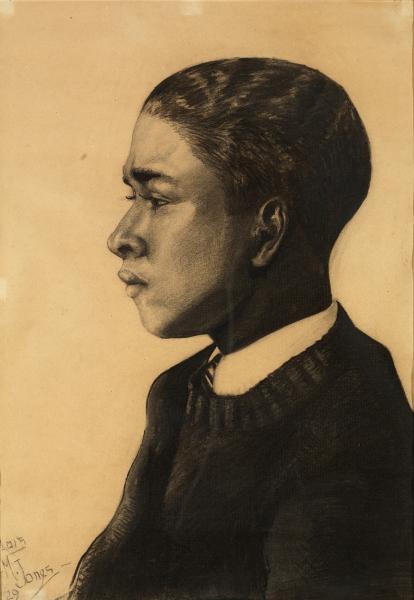
Negro Youth – 1929
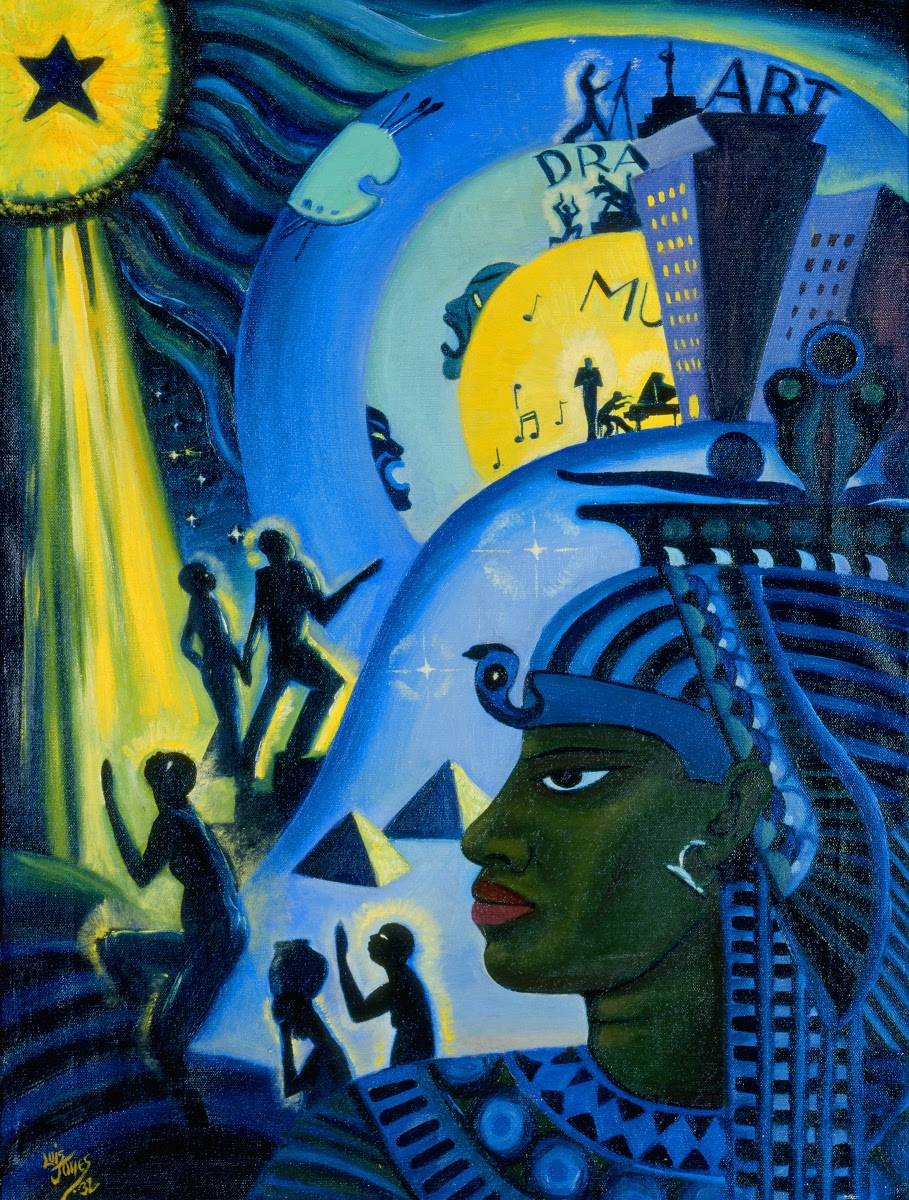
Caption The Ascent of Ethiopia – 1932
In the early 1930s, Jones began to seek recognition for her designs and art work. She began to exhibit her works with the William E. Harmon Foundation with a charcoal drawing of a student at the Palmer Memorial Institute, Negro Youth (1929). In this period, she shifted away from designs and began experimenting with portraiture.
Jones developed as an artist through visits and summers spent in Harlem during the onset of the Harlem Renaissance or New Negro Movement. Aaron Douglas, a Harlem Renaissance artist, influenced her seminal art piece The Ascent of Ethiopia. African design elements can be seen in both Douglas and Jones’ paintings. Jones studied actual objects and design elements from Africa.
In her works Negro Youth and Ascent of Ethiopia the influence of African masks are seen in the profiles of the faces. The chiseled structures and shading renderings mimic three-dimensional masks that Jones studied. Jones would utilize this style throughout her career.
1937–1953
In 1937, Jones received a fellowship to study in Paris at the Académie Julian. She completed approximately 40 paintings during her time at the Académie, utilizing the en plein air method of painting that she used throughout her career. Two paintings were accepted at the annual Salon de Printemps exhibition at the Société des Artists Français for her Parisian debut. Jones loved her time in Paris as she felt fully accepted in society as opposed to the United States at this time. The French were appreciative of paintings and talent. After she was granted an extension of her fellowship to travel to Italy, she returned to Howard University and taught watercolor painting classes.
In 1938, she produced Les Fétiches, an African-inspired oil painting that is owned by the Smithsonian American Art Museum. Jones painted Les Fétiches in a Post-Cubist and Post-Primitive style. Five African masks swirl around the dark canvas. She was able to view and study many different African objects and masks at the Musée de l’Homme and galleries through her fellowship in Paris.
In 1938, Jones’ first solo exhibition was hung in the Whyte Gallery and would later be exhibited at the Howard University Gallery of Art in 1948.
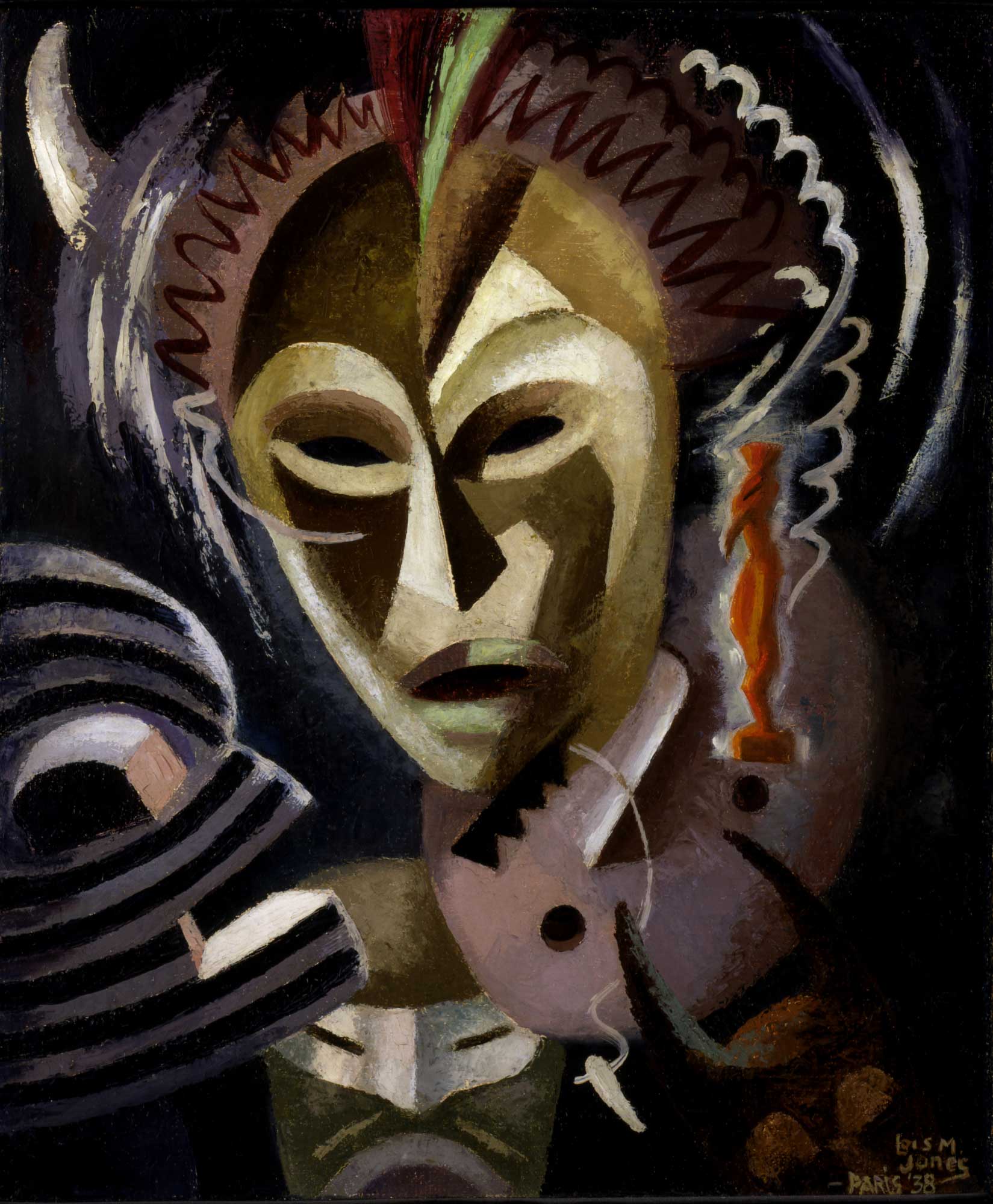
Les Fétiches – 1938
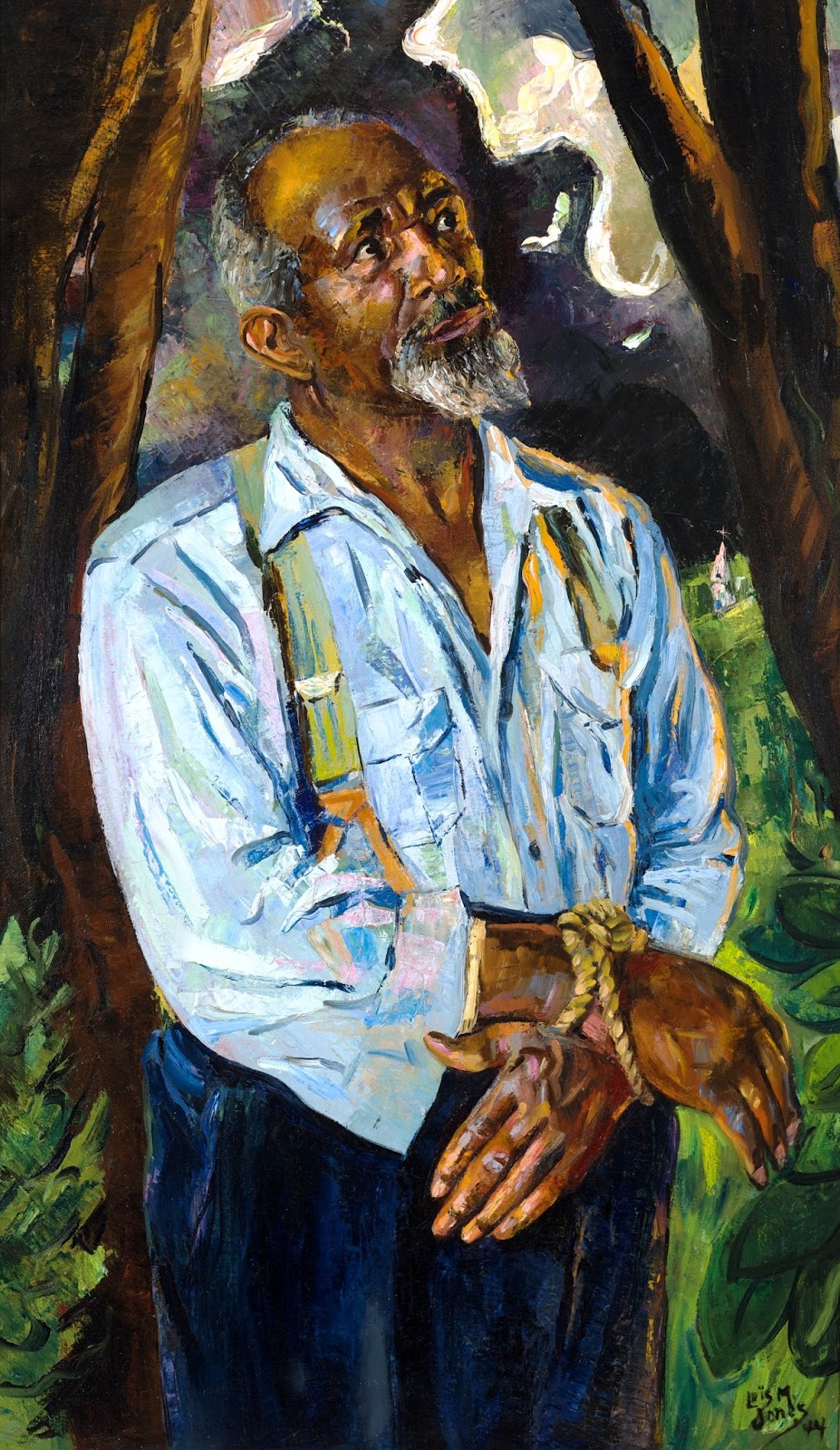
Mob Victim
Her main source of inspiration was Céline Marie Tabary, also a painter, whom she worked with for many years. She was an artist and arts professor at Howard University who championed African-American art in Washington, D.C. Tabary often submitted Jones’ paintings for consideration for jury prizes since works by African-American artists were not always accepted.
Jones traveled extensively with Tabary, including to the south of France. They frequently painted each other and taught together during the 1940’s.
In 1941, Jones entered her painting Indian Shops Gay Head, Massachusetts into the Corcoran Gallery’s annual competition. At the time, the Corcoran Gallery prohibited African-American artists from entering their artworks themselves. Jones had Tabary enter her painting to circumvent the rule. Jones ended up winning the Robert Woods Bliss Award for this work of art, yet she could not pick up the award herself. Tabary had to mail the award to Jones. In spite of these issues, Jones worked harder notwithstanding the racial biases found throughout the country at this time. In 1994, the Corcoran Gallery of Art gave a public apology to Jones at the opening of the exhibition The World of Lois Mailou Jones, 50 years after Jones hid her identity.
Over the course of the next 10 years, Jones exhibited at the Phillips Collection, Seattle Art Museum, National Academy of Design, the Barnett-Aden Gallery, Pennsylvania’s Lincoln University, Howard University, galleries in New York, and the Corcoran Gallery of Art.
In 1952, the book Loïs Mailou Jones: Peintures 1937–1951 was published, reproducing more than one hundred of her art pieces completed in France. At the Barnett-Aden Gallery, Jones exhibited with a group of prominent black artists, such as Jacob Lawrence and Alma Thomas. These artists and others were known as the “Little Paris Group.”
Alain Locke, a philosophy professor at Howard University and founder of the Harlem Renaissance, encouraged Jones to paint her heritage. She painted her striking painting Mob Victim (Meditation) after walking along U St Northwest in Washington, DC. She saw a man walking and was prompted to ask him to pose in her studio. She wanted to depict a lynching scene. The man had seen a person being lynched before and mimicked the pose that the man held before being lynched. The painting illustrates a contemplation of imminent death that many male African Americans were facing during the 1940s. Other paintings that came out of Locke’s encouragement were Dans un Café à Paris, The Janitor and The Pink Table Cloth.
Previously in 1934, Jones met Louis Vergniaud Pierre-Noel, a prominent Haitian artist, while both were students at Columbia University. They corresponded for almost 20 years before marrying in the south of France in 1953. Jones and her husband lived in Washington, D.C. and Haiti. Their frequent trips to Haiti inspired and impacted Jones’ art style significantly.
In 1954, Jones was a guest professor at Centre D’Art and Foyer des Artes Plastiques in Port-au-Prince, Haiti, where the government invited her to paint Haitian people and landscapes. Her work became energized by the bright colors. She and her husband returned there during summers for the next several years, in addition to frequent trips to France. Jones completed 42 paintings and exhibited them in her own show, which was sponsored by the First Lady of Haiti. In 1955, she unveiled portraits of the Haitian president and his wife commissioned by United States President Dwight D. Eisenhower.
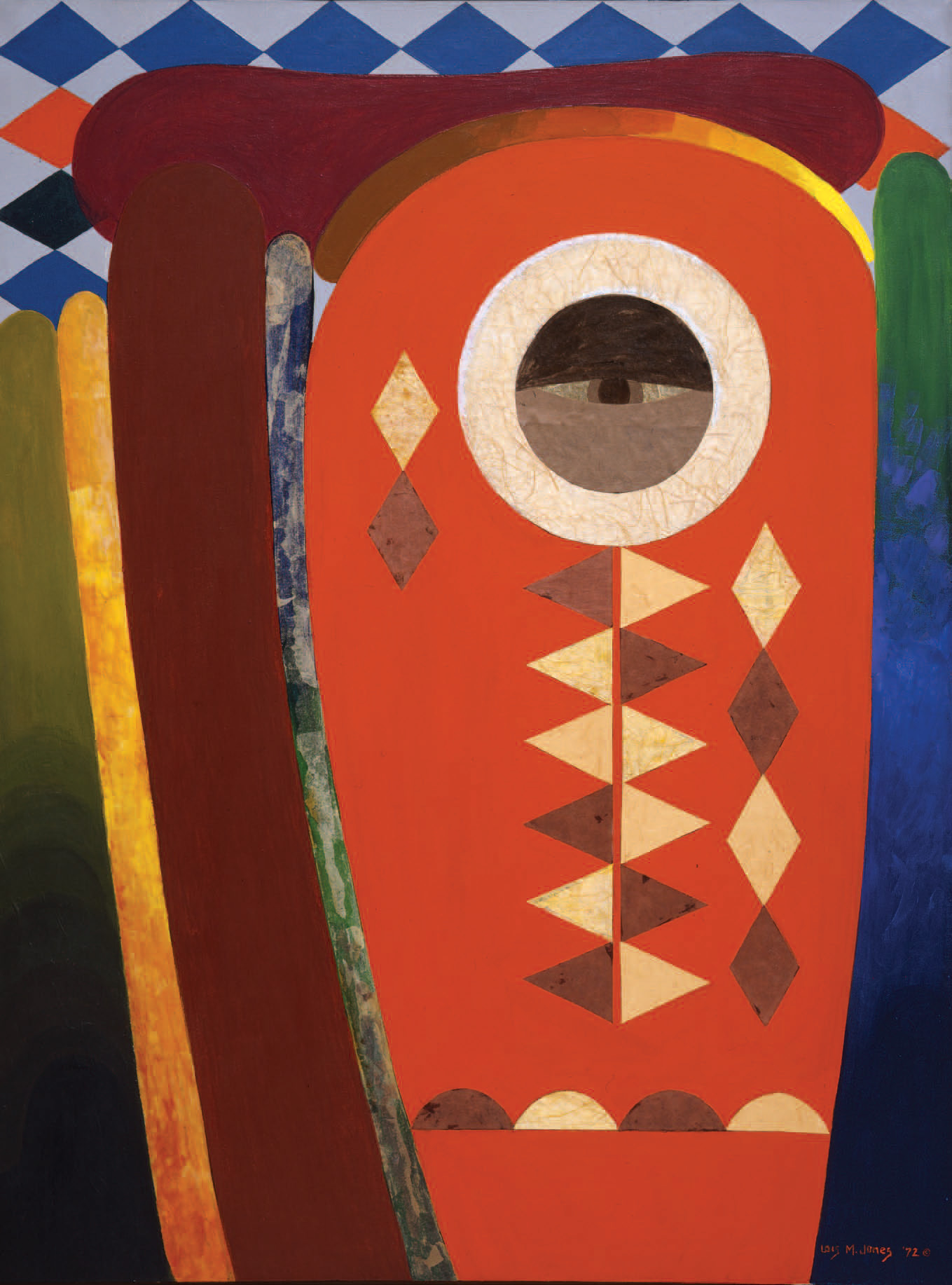
Ode to Kinshasa
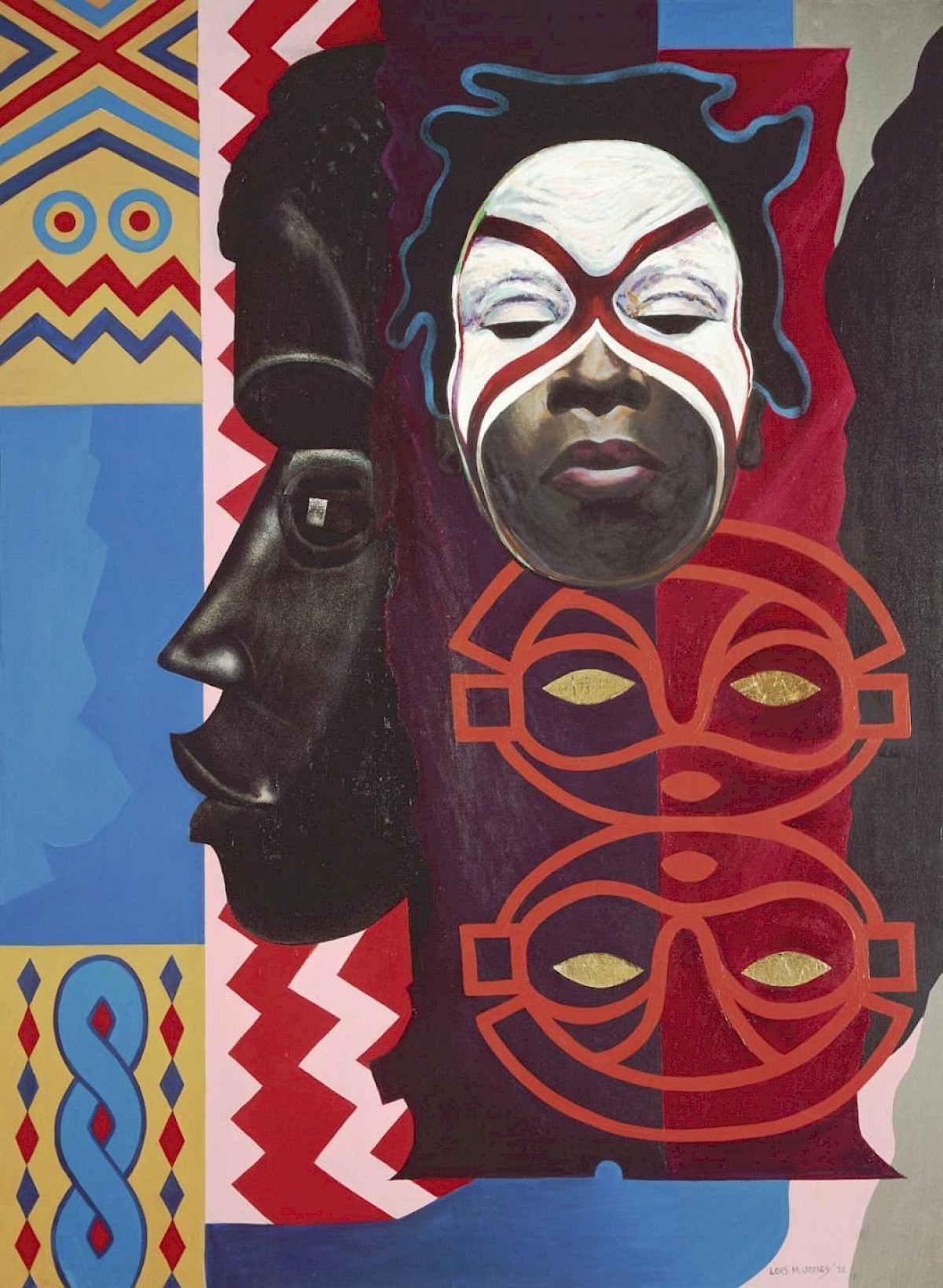
Ubi Girl from Tai Region
Jones’s numerous oils and watercolors inspired by Haiti are probably her most widely known works. In them her affinity for bright colors, her personal understanding of Cubism’s basic principles, and her search for a distinct style reached a climax. In many of her pieces, one can see the influence of the Haitian culture, with its African influences, which reinvigorated the way she looked at the world. These include Ode to Kinshasa and Ubi Girl from Tai Region. Her work became more abstract, vibrant, and thematically after moving to Haiti. Her previously impressionist techniques gave way to a spirited, richly patterned, and brilliantly colored style.
In the 1960s, she exhibited at School of the Museum of Fine Arts, Boston, Cornell University, and galleries in France, New York and Washington, D.C. In 1962, she initiated Howard University’s first art student tour of France, including study at Académie de la Grande Chaumière and guided several more tours over the years.
1968–1988
In 1968, she documented work and interviews of contemporary Haitian artists for Howard University’s “The Black Visual Arts” research grant.
Jones received the same grant in 1970 as well. Between 1968 and 1970, she traveled to 11 African countries, which influenced her painting style. She documented and interviewed contemporary African artists in Ethiopia, Sudan, Kenya, Zaire (now known as the Democratic Republic of the Congo, Nigeria, Dahomey (today known as Benin), Ghana, Ivory Coast, Liberia, Sierra Leone, and Senegal. Her report Contemporary African Art was published in 1970 and in 1971 she delivered 1000 slides and other materials to the University as fulfillment of the project.
On May 22, 1970, Jones took part in a national day of protest in Washington, DC, that was created by Robert Morris in New York. They protested against racism and the Vietnam War. While many Washington DC artists did not paint to be political or create their own commentary on racial issues, Jones was greatly influenced by Africa and the Caribbean, which her art reflected.
In 1973, Jones received the “Women artists of the Caribbean and Afro-American Artists” grant from Howard University. In the same year, she was awarded an honorary Doctor of Philosophy from Colorado State Christian College.
Her research inspired Jones to synthesize a body of designs and motifs that she combined in large, complex compositions. Jones’s return to African themes in her work of the past several decades coincided with the black expressionistic movement in the United States during the 1960s. Skillfully integrating aspects of African masks, figures, and textiles into her vibrant paintings, Jones became a link between the Harlem Renaissance movement into a contemporary expression of similar themes.
On July 29, 1984, Lois Jones Day was declared in Washington, DC.
1989–1998
Jones continued to produce exciting new works at an astonishing rate of speed. She traveled to France and experimented with her previous Impressionist-Post-impressionist style that started her career in Paris. Her landscapes were painted with a wider color palette from her Haitian and African influences.
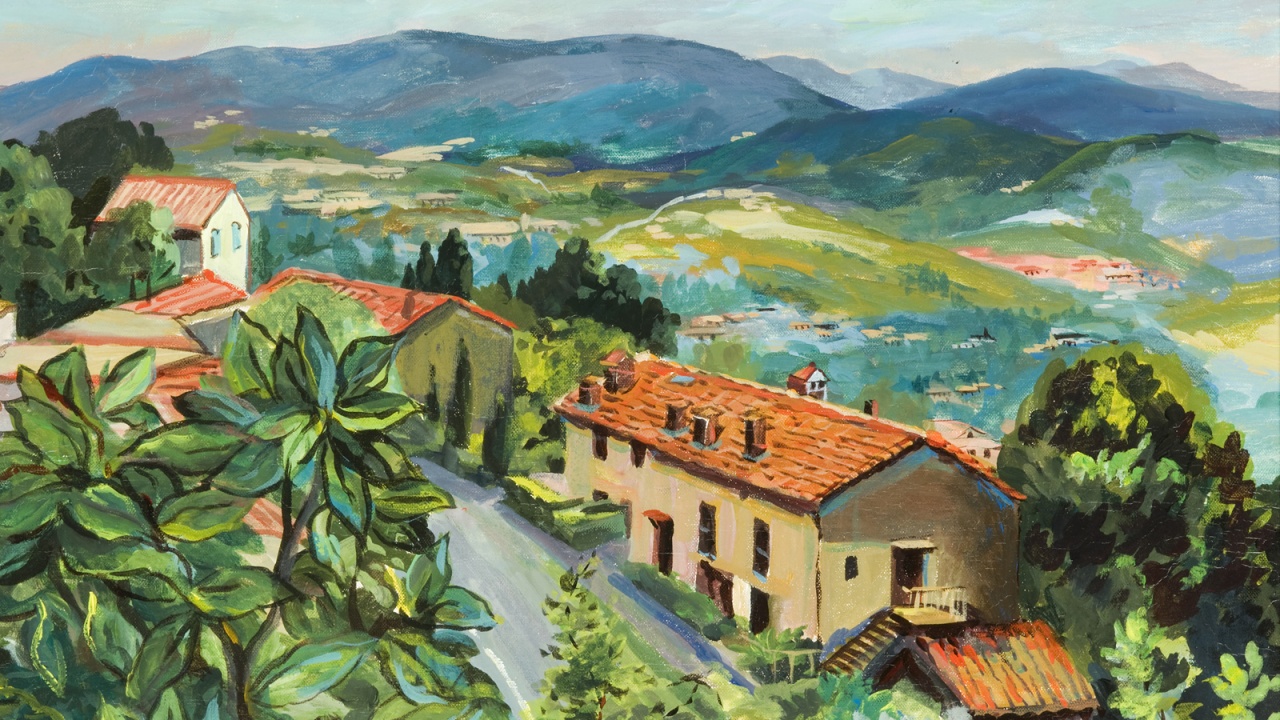
LA ROUTE À SPÉRACÉDÈS – 1989
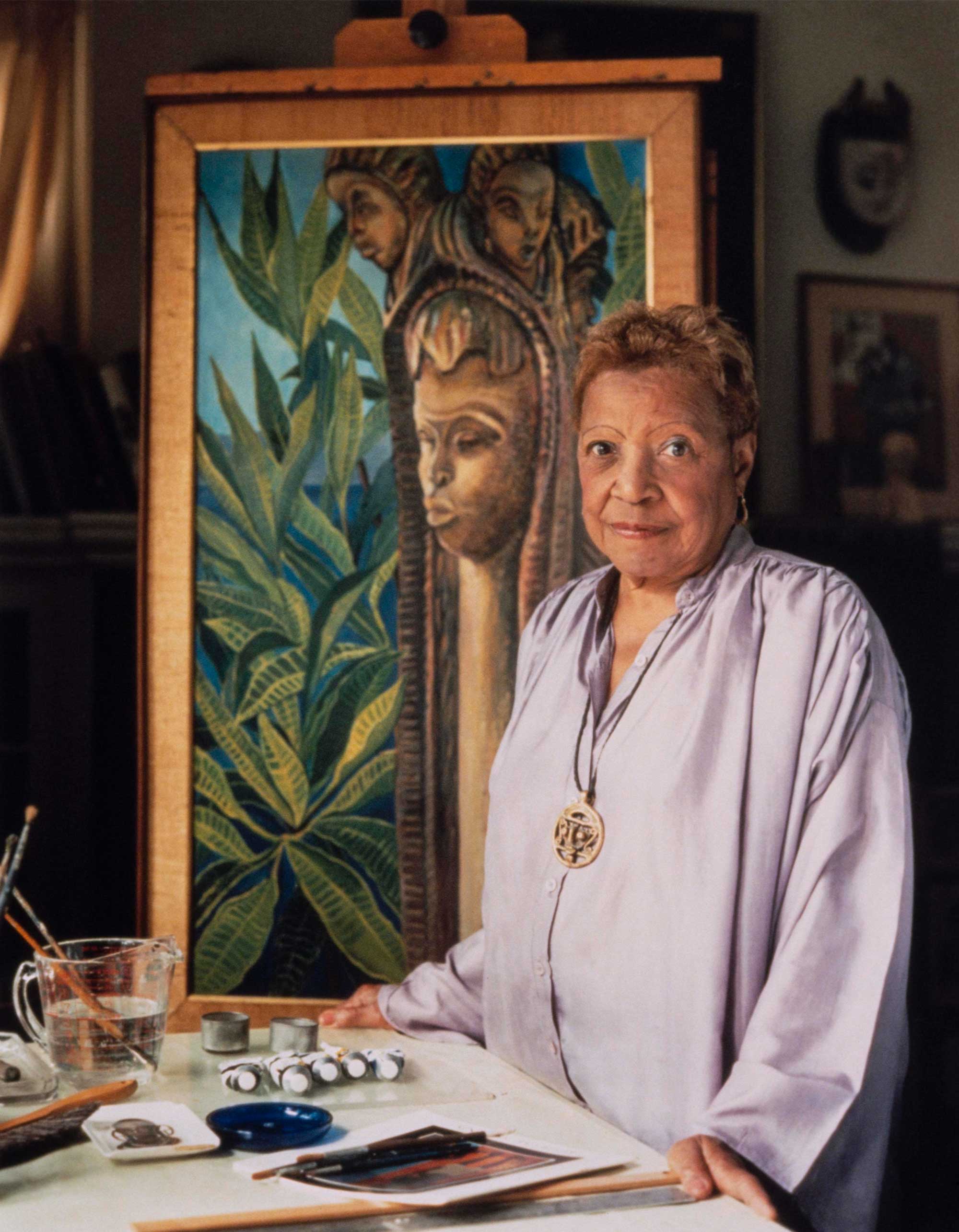
The Meridian International Center created a retrospective exhibition with the help of Jones herself. The 1990 exhibition toured across the country for several years. The exhibition was the first exhibition of Jones that garnered her nationwide attention. Despite her extensive portfolio, teaching career, and cultural work in other countries, she had been left out of the history books because she did not stick to typical subjects that were deemed “suitable” for African Americans to paint.
In 1997, Jones’ paintings were featured in an exhibition entitled Explorations in the City of Light: African-American Artists in Paris 1945–1965 that appeared at several museums throughout the country including the New Orleans Museum of Art, the Milwaukee Art Museum, and the Studio Museum of Harlem. The exhibition examined the importance of Paris as an artistic mecca for African-American artists during the 20 years that followed World War II.
In 1998, Jones died with no immediate survivors at the age of 92 at her home in Washington, DC. She is buried on Martha’s Vineyard in the Oak Bluffs Cemetery.
“From what we get, we can make a living; what we give, however, makes a life.”
– Arthur Ashe
Enjoy this slideshow of just some of her fantastic work…
Here’s a Pinterest board full of her work to inspire you!
View more pieces of her work
Master Artist Guide
Sketchbook Explorations
EXPLORATION 1
Lois Mailou Jones Inspired
Examine how in many of her works she divides up the space and combines faces and figures with flat patterned areas. Try creating a study exploring this cubist informed style. First divide up your page or canvas, then create a portrait or figure in a realistic or expressionist style and then finally add colorful patterns and symbols. Find patterns and symbols that resonate with your own culture or heritage.
For example, I am Puerto Rican, Iberian and Norwegian so I found inspiration drawing from these cultures and their art and designs. So much richness can be found in our ancestry!
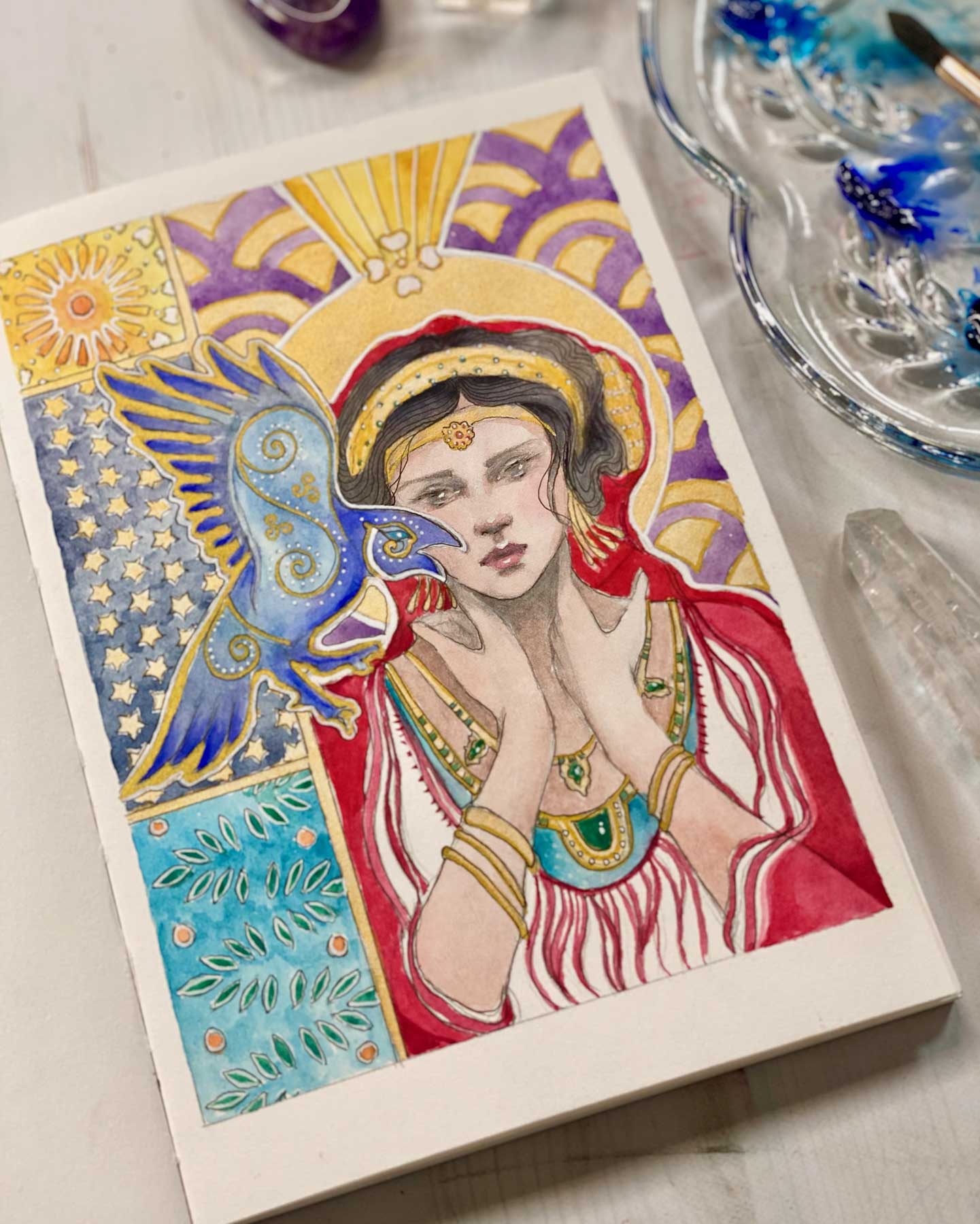
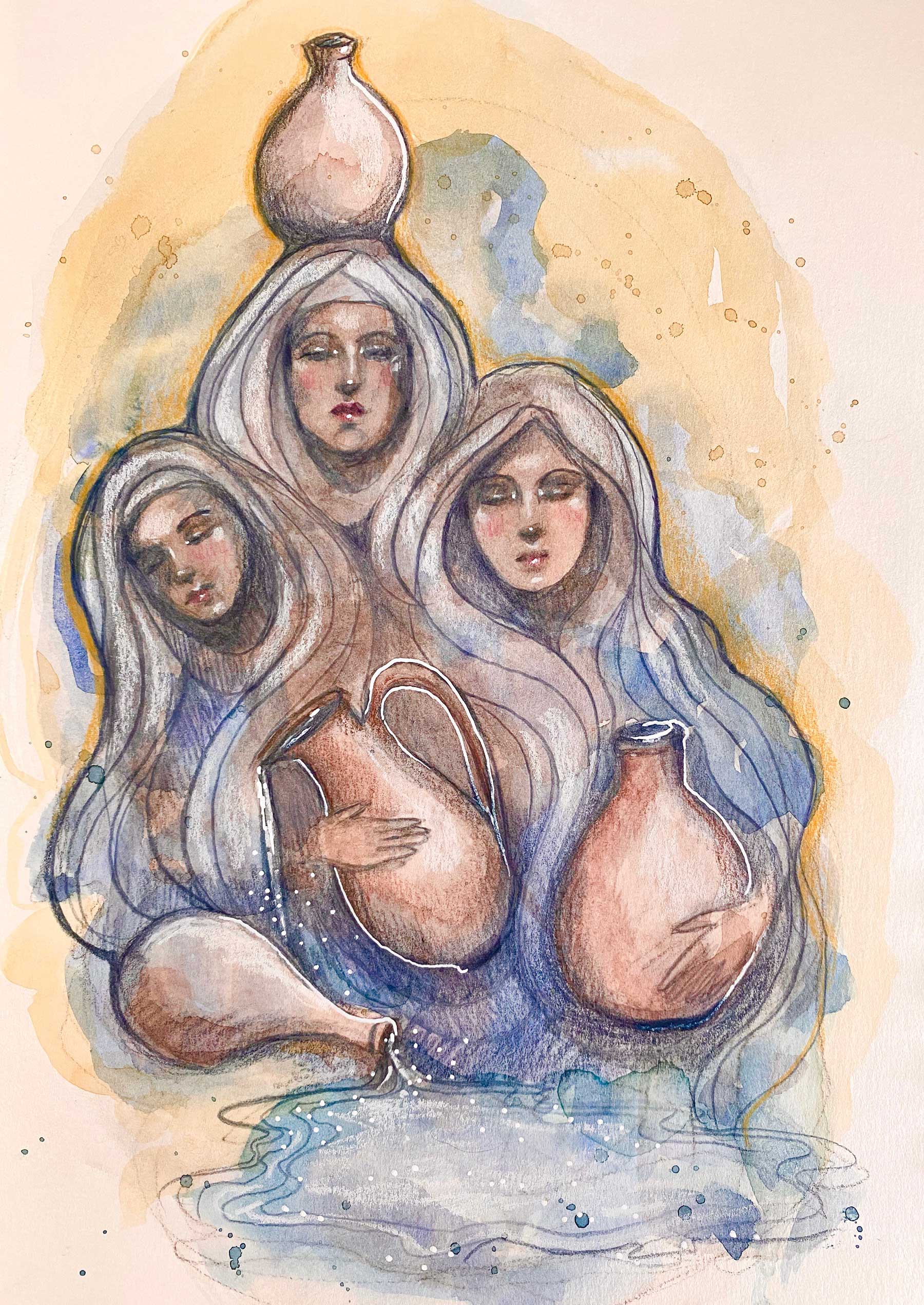
EXPLORATION 2
Creative Vessel
Let’s pay homage to this month’s creative archetype. Create a Vessel inspired painting, drawing or collage. Alternatively, you could sculpt your own Vessel with paper clay! Use the colors you love and remember that the Vessel can remind us to be generous beings….allowing ourselves to be filled and overflowing in abundance.
I allowed myself to loosely sketch and these three ladies emerged with their sacred vessels…
Here is our Vessel Pinterest Board to give you some inspiration:
EXPLORATION 3
Give it Away
Create a small piece of art or a handmade card. Write a few words of love or admiration on the back and give it to a friend or loved one OR pull a little painting or sketch from your art journal or sketchbook and gift it! I gave this one to a dear friend!
Delight in the joy of sharing your art freely with others.
“It is our love of art which keeps art alive. When we help our fellow artists by sharing knowledge, purchasing another’s artwork, curating other artists into shows, etc., we are helping art in general, and thereby ourselves, too.”
– Matthew D. Innis
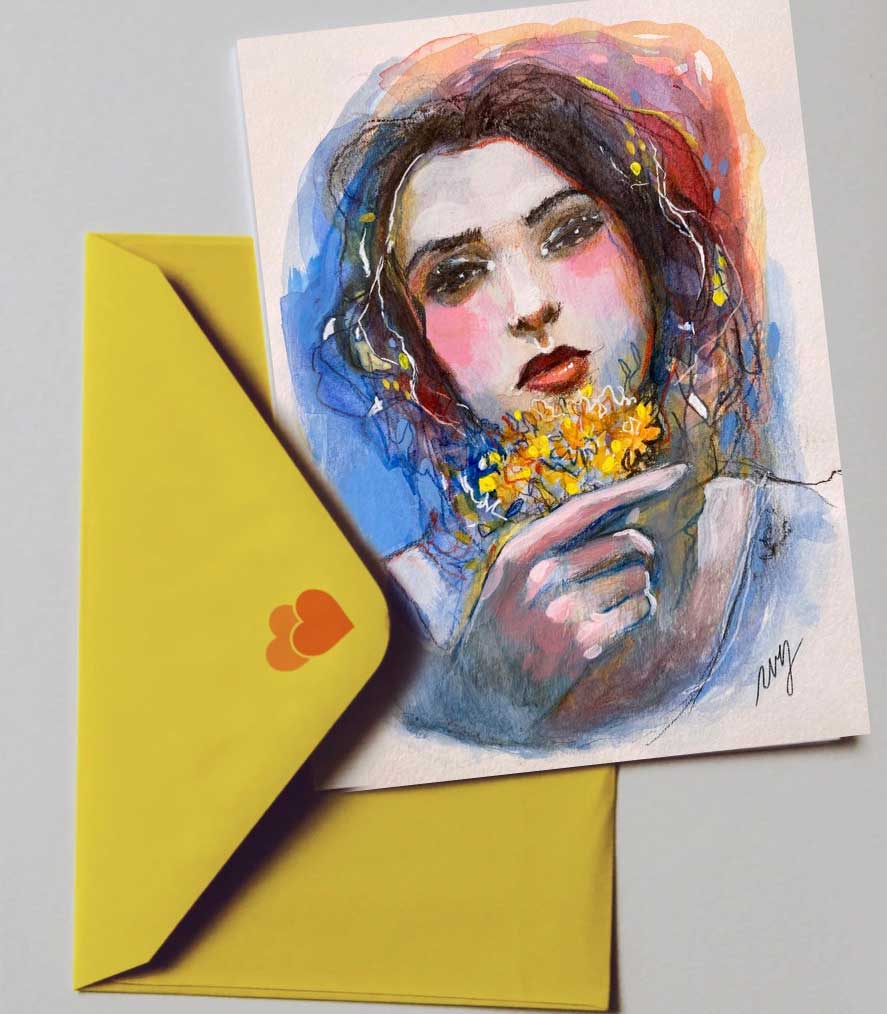
MARCH ART PROJECT
Elysian Fields
By Jerney Marisha
STUDIOWORKS
Submission Calls
STUDIOWORKS PODCAST
issue twenty-seven
You can also listen to this month’s issue of the Studioworks journal. I find I love listening to books, podcasts and music while I draw, paint or go on a long walk. Enjoy.
Studioworks : issue twenty-seven
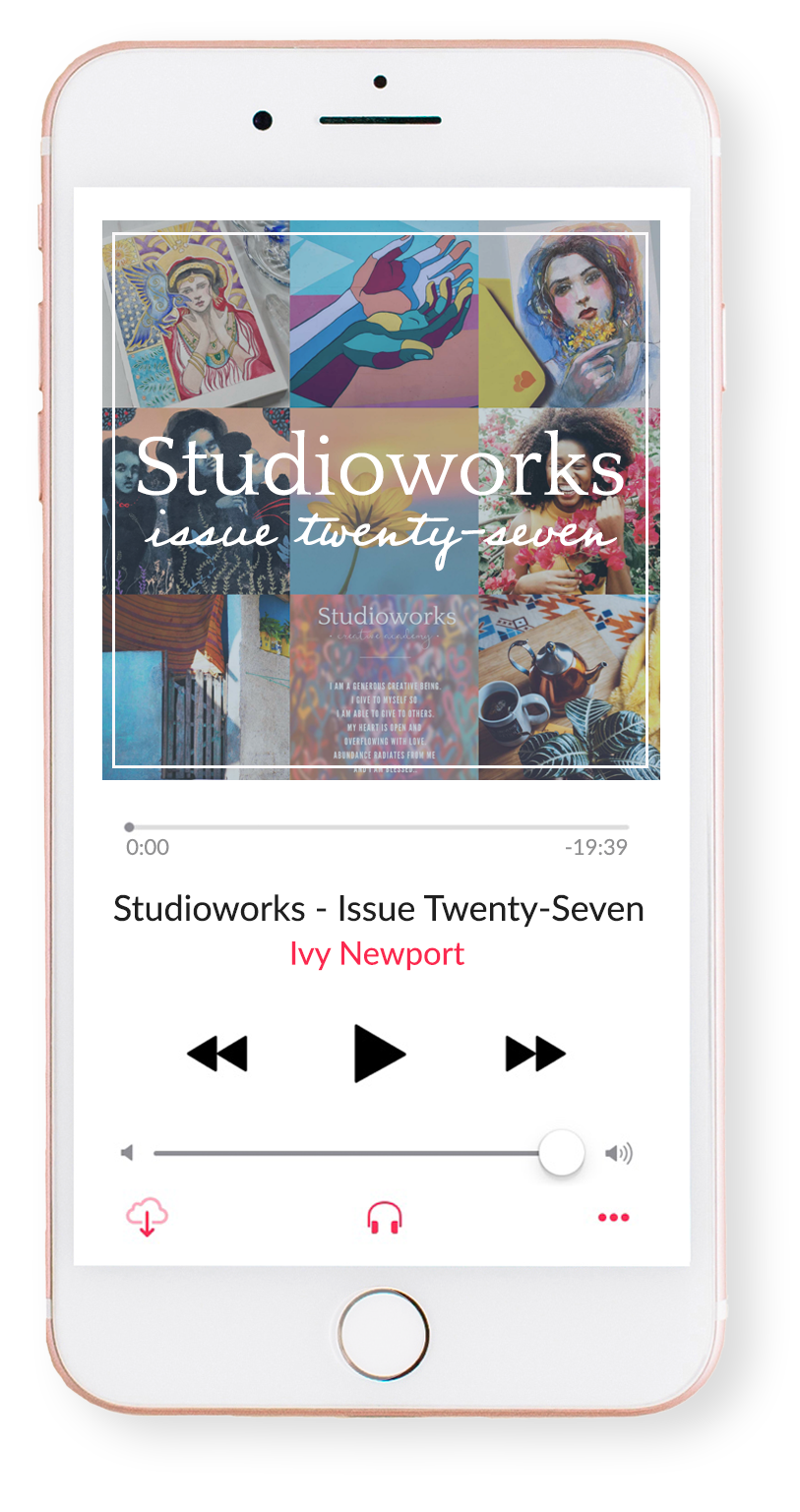
inspiration: curated
Books to Discover & Enjoy
MUSIC PLAYLIST
I had so much fun curating this list. I hope you enjoy!!
PINTEREST BOARDS
Interesting things to watch or listen to
FAVORITE SUPPLIES THIS MONTH
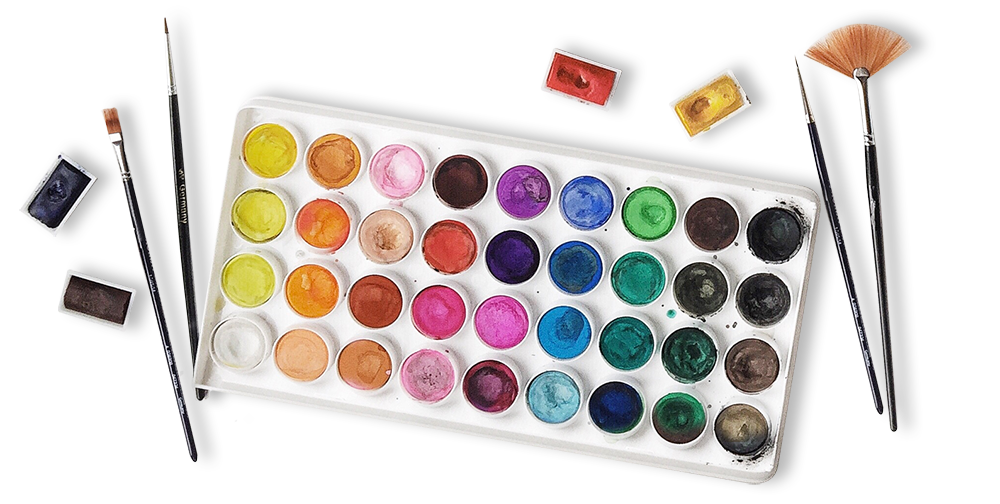
CLASSES TO TRY
Here are just a few of our fantastic classes! They feel in alignment with this month’s issue! I highly recommend checking them out if you haven’t already. Enjoy!

© 2019 IVYNEWPORT, LLC ALL RIGHTS RESERVED.

